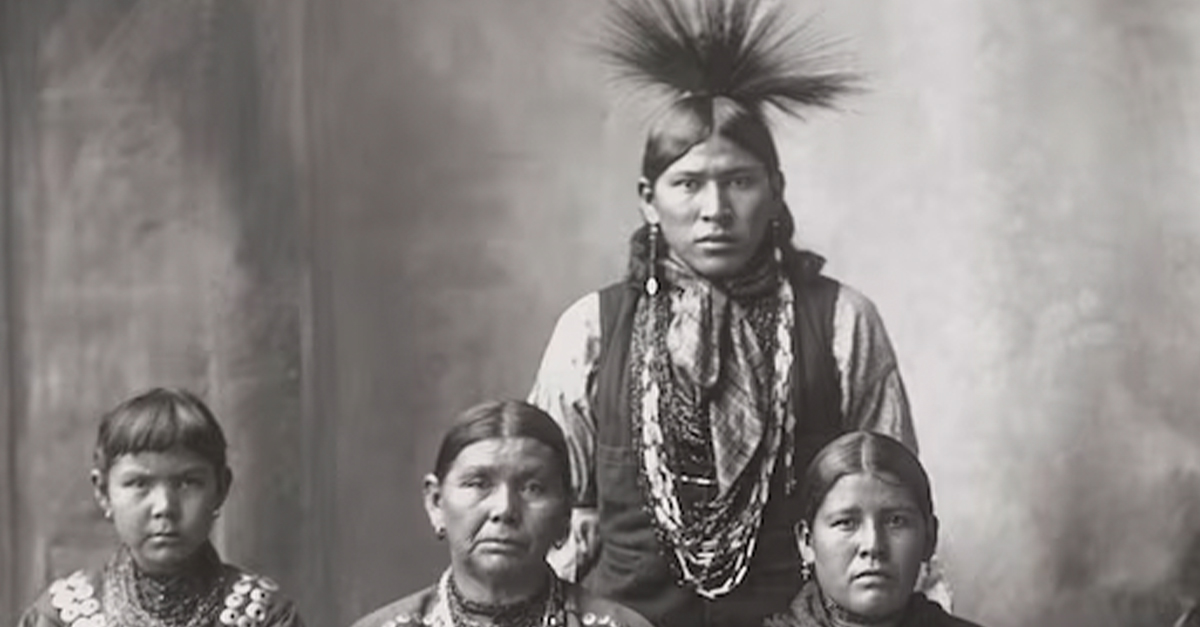Charles E Boles (AKA Black Bart) was a prolific outlaw in America’s Wild West. But he was more famous for his poetry and politeness than he was for his heists.
1. He Was Polite And Poetic
Black Bart pulled off 28 of the most perplexing—and oddly polite—stagecoach heists in the history of the Old West. He never cursed, always remembered to say “please” and “thank you,” and never fired a shot. He even left behind clever poems that had law enforcement scratching their heads. Turns out, all he really wanted was revenge.
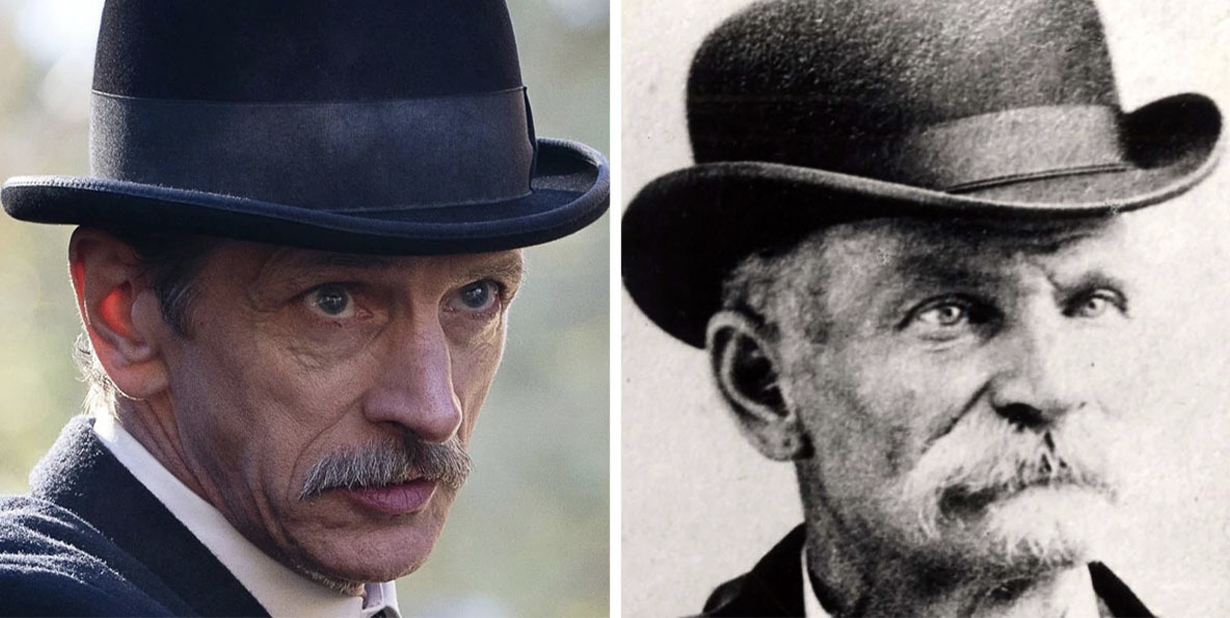
2. He Was After One Thing In Particular
Charles E Boles lay in wait behind a boulder. From his concealed position, he was keeping an eye out for a stagecoach. But not just any stagecoach. He wanted one carrying a Wells, Fargo & Company strongbox. As far as he was concerned, that was just good, old-fashioned Wild West justice.
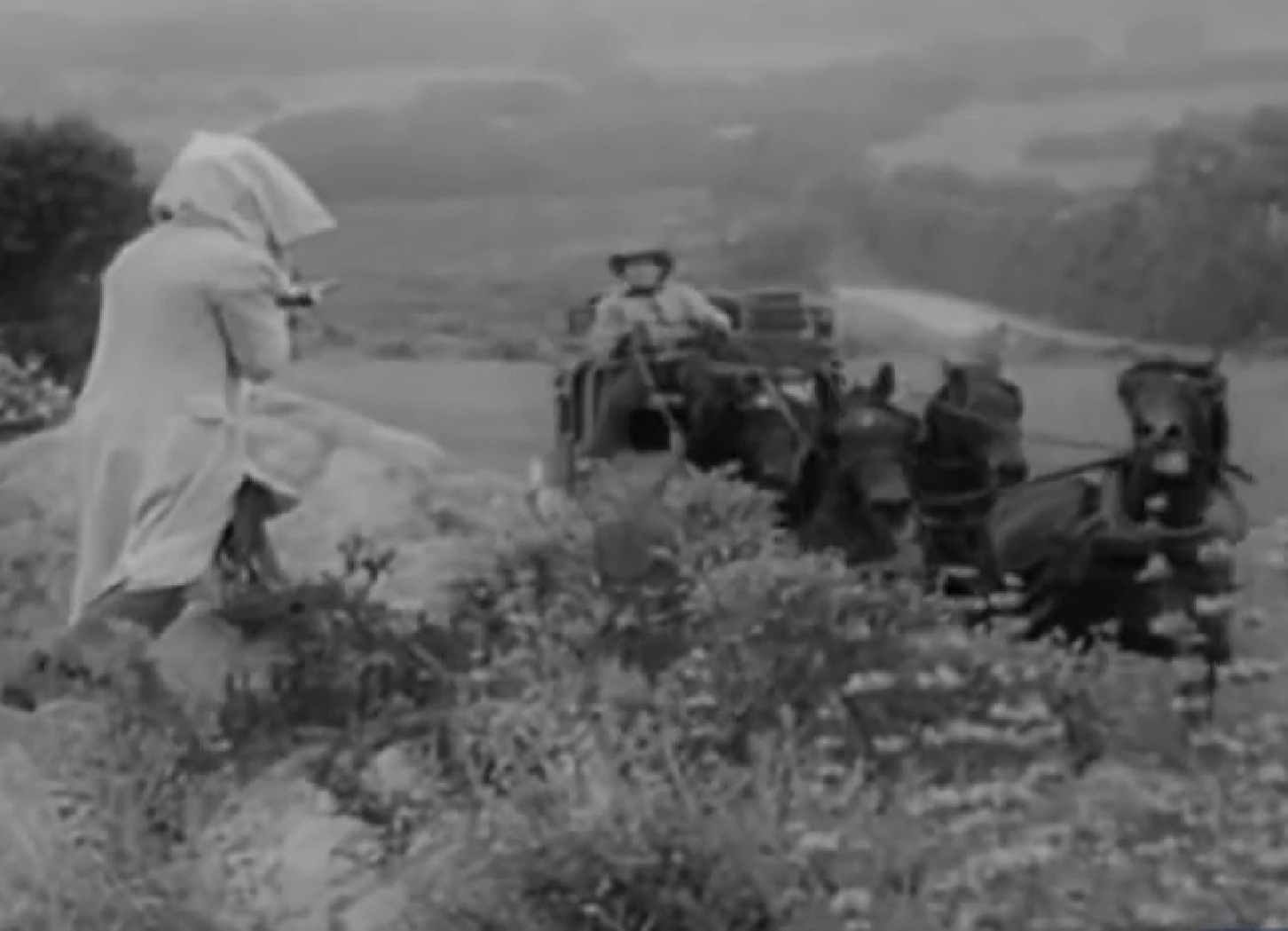 Republic Pictures, Stories of the Century (1954-55)
Republic Pictures, Stories of the Century (1954-55)
3. He Lay In Wait
With little more than a flour sack mask and an unloaded shooting iron, Boles was about to pull off one of the strangest (and most polite) heists in the history of the Wild West. He breathed in deeply the sweet perfume of oak leaves and dry grass on that hot summer day in 1875 and prepared himself for the moment of action.
He was about to become an outlaw.
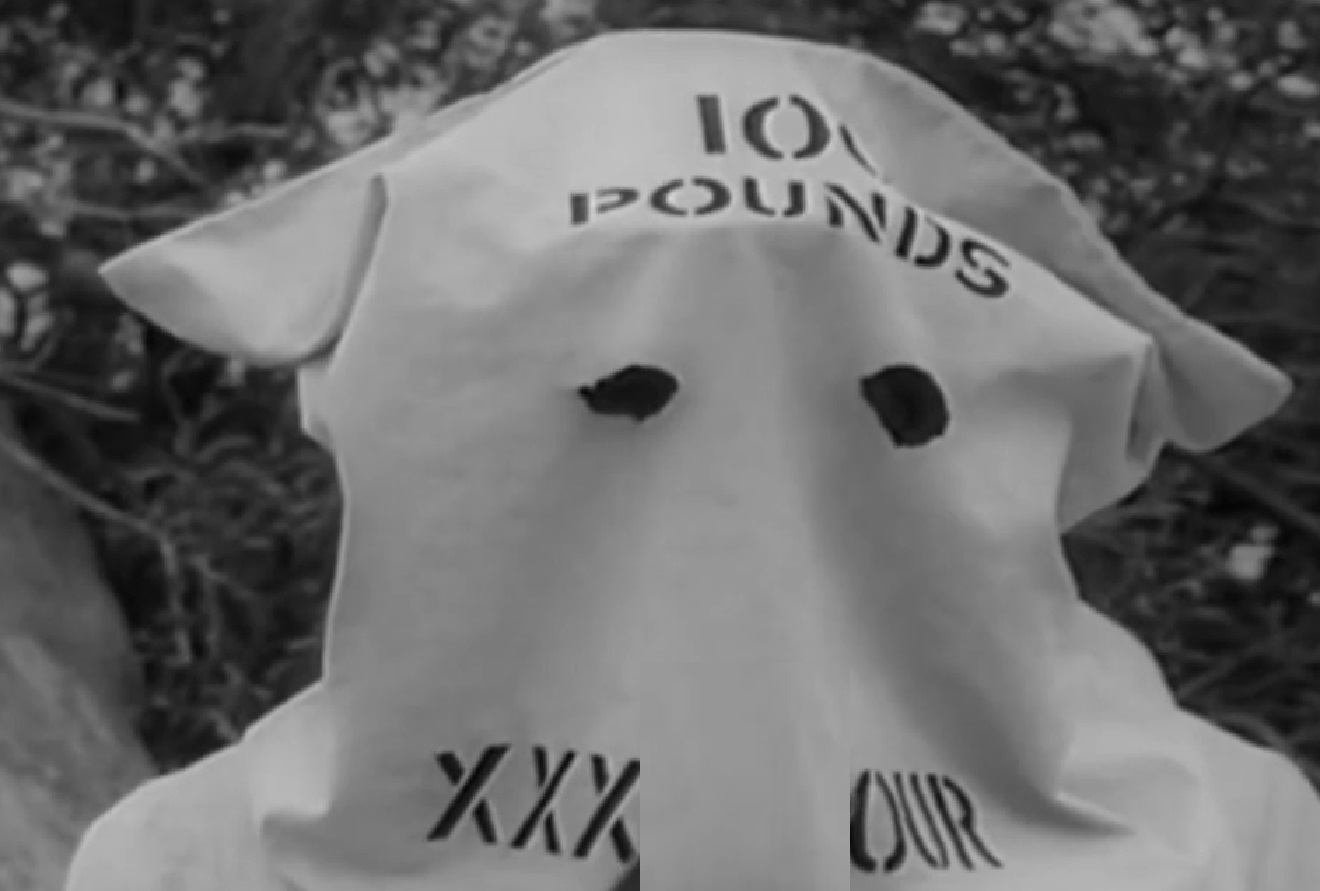 Republic Pictures, Stories of the Century (1954-55)
Republic Pictures, Stories of the Century (1954-55)
4. He Sprang Into Action
As the unsuspecting stagecoach ascended Funk Hill, Boles sprang into action. He leapt in front of the stage’s horses, sending them rearing into the air. Ironically, Boles was far more afraid of the horses than they were of him at that moment. Nonetheless, he composed himself and took aim at the stagecoach driver.
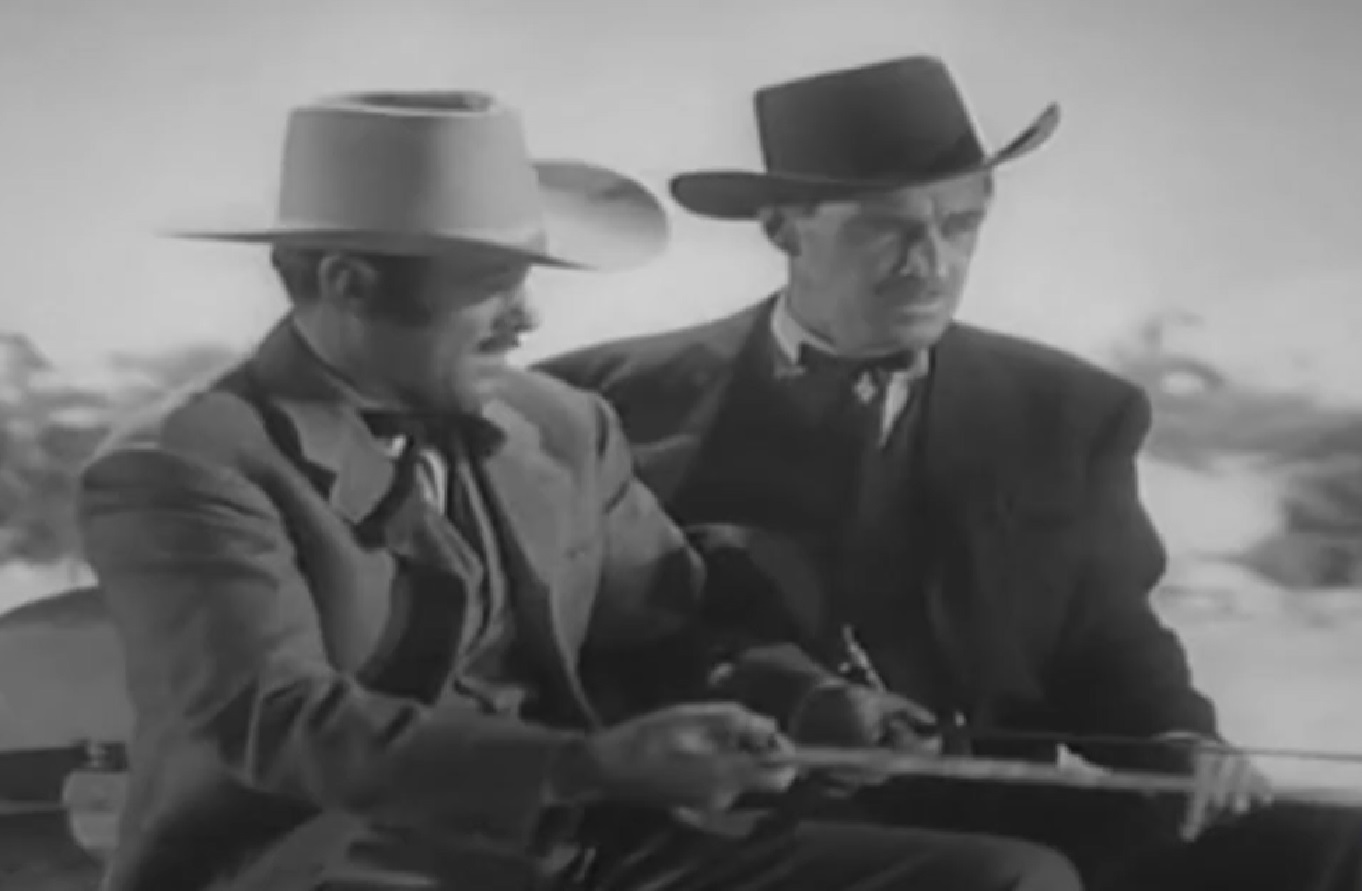 Republic Pictures, Stories of the Century (1954-55)
Republic Pictures, Stories of the Century (1954-55)
5. He Said “Please”
With a booming voice, Boles shouted, “Please throw down the box!” Stunned—and with Boles’ double-barrelled shooting iron pointed at his face—the driver could do nothing but comply. Or risk losing his head. He complied with Boles’ command and fumbled for the heavy, iron-bound Wells, Fargo & Company box.
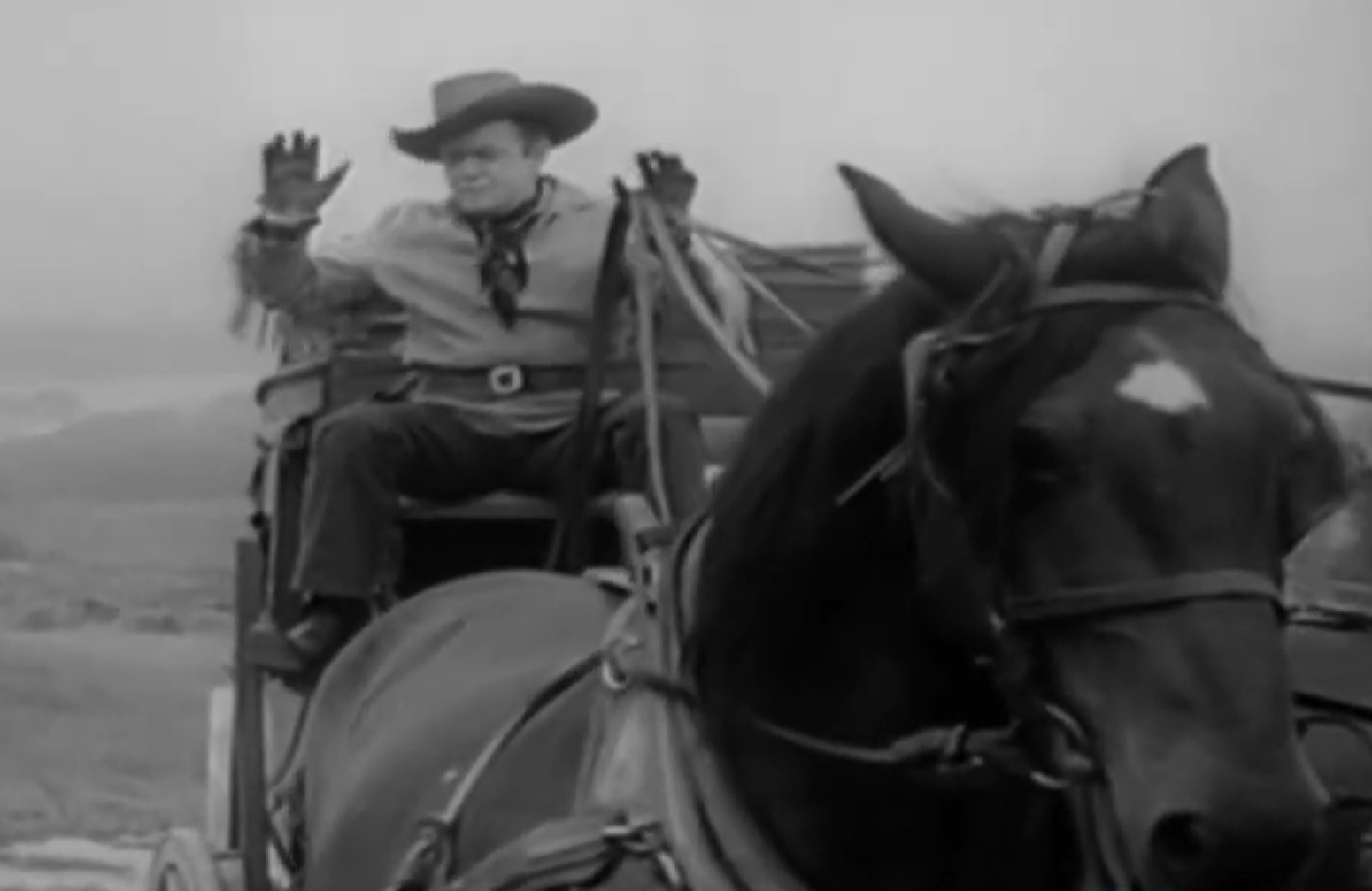 Republic Pictures, Stories of the Century (1954-55)
Republic Pictures, Stories of the Century (1954-55)
6. He Called For Backup
Boles knew that he didn’t have much time to pull off his heist. “If he makes a move, give him a volley, boys!” Boles shouted over his shoulder at the bushes from which he'd emerged. Hesitantly, the stagecoach driver peered over and caught a glimpse at more barrels pointed his way. He composed himself and hastily dropped the strongbox onto the dirt road.
But then the heist took an unexpected turn.
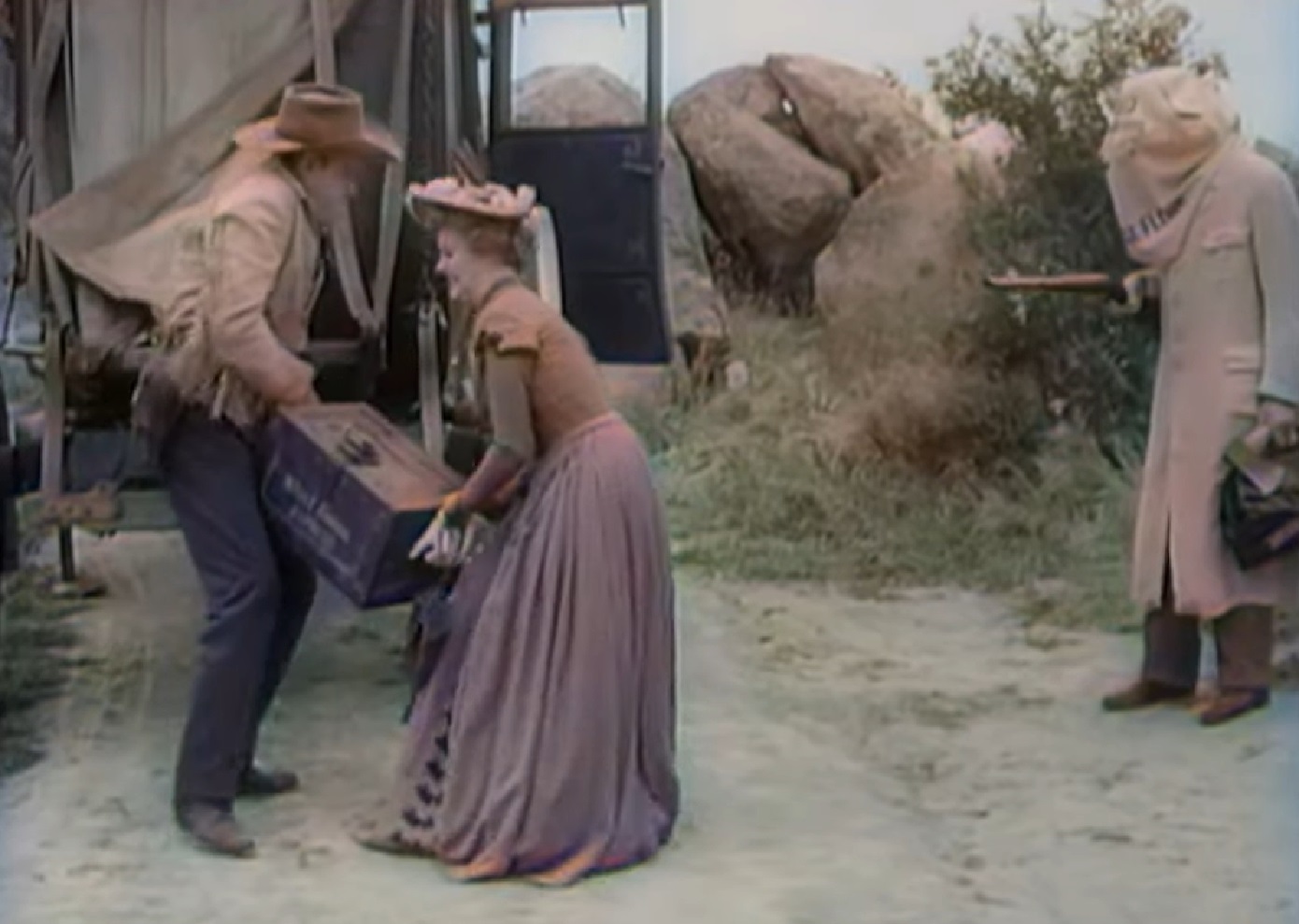 Republic Pictures, Stories of the Century (1954-55)
Republic Pictures, Stories of the Century (1954-55)
7. He Returned The Money
Boles leant down and grabbed the strongbox. Just then, a purse fell from the passenger cabin of the stagecoach. After collecting his loot, Boles courteously picked up the purse and dropped back into the cabin. “I don’t want your money,” he explained to the unseen passenger, “only the express box and the mail”.
With that, he let the stagecoach continue on its way in peace.
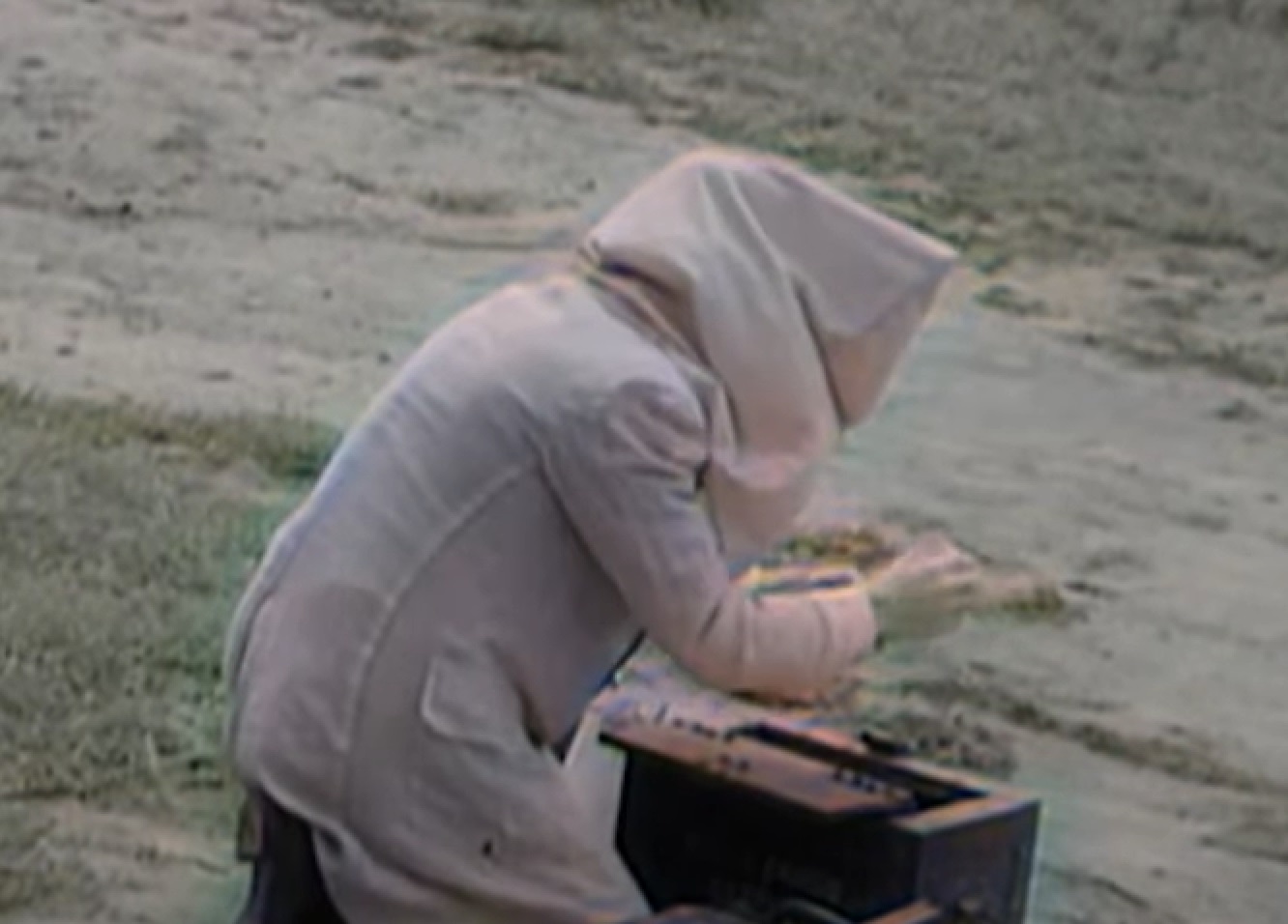 Republic Pictures, Stories of the Century (1954-55)
Republic Pictures, Stories of the Century (1954-55)
8. He Struck Again
Six months later, on December 28, 1875, Boles struck again. This time, he held up a stagecoach traveling from North San Juan to Marysville. And once again, he had only demanded the Wells, Fargo & Company strongbox and the express mail. When the stagecoach passengers arrived at their destination, they reported the incident.
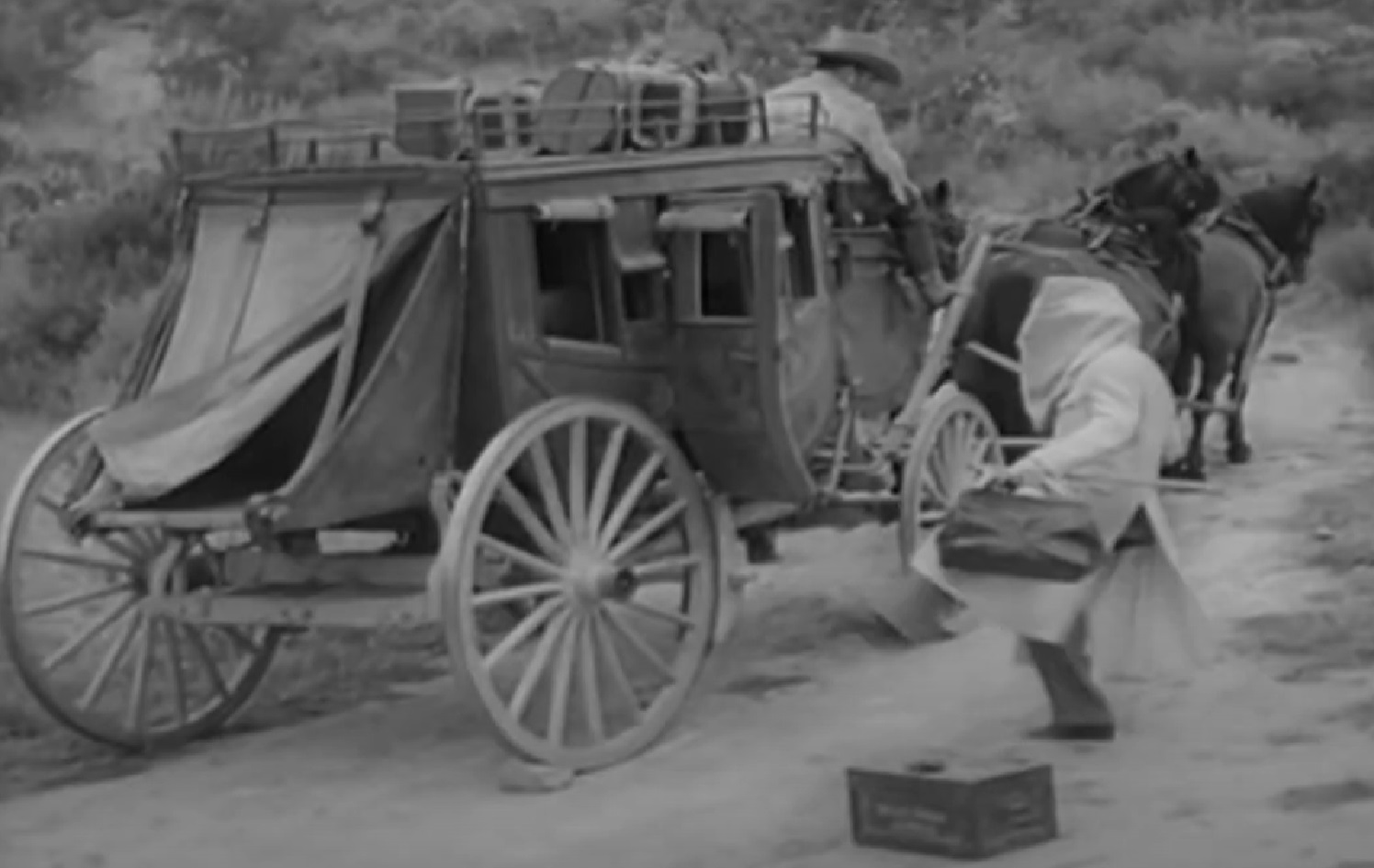 Republic Pictures, Stories of the Century (1954-55)
Republic Pictures, Stories of the Century (1954-55)
9. He Was A Professional
Wells Fargo Detective Chief James Hume was the man who investigated the scene of the first stagecoach heist. Now, with a second heist matching the details of the first, he knew one thing: This bandit was a professional. Boles had set up decoys in the bushes, disguised his face and left behind no forensic evidence such as boot prints.
But, on occasion, he would leave something behind.
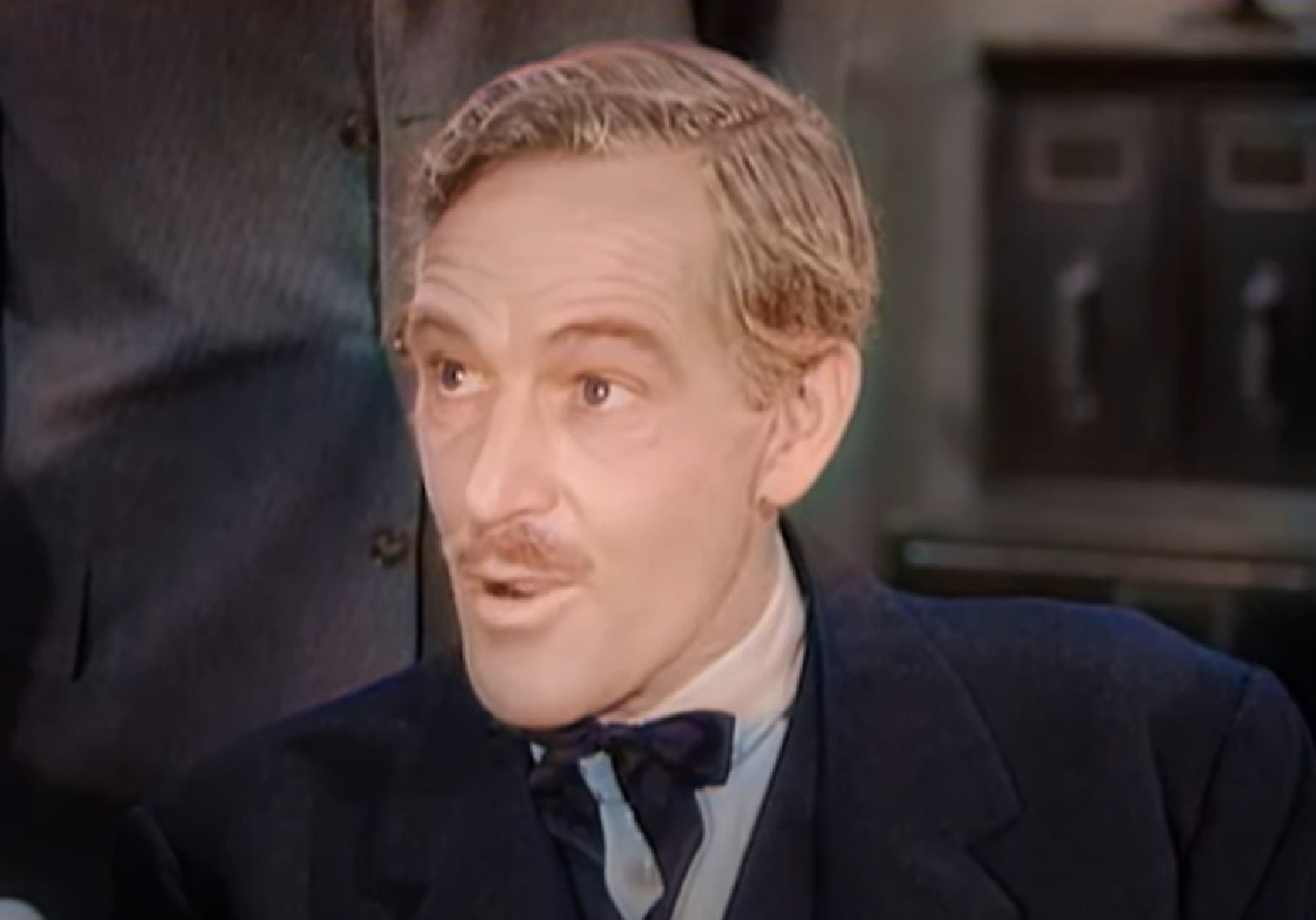 Republic Pictures, Stories of the Century (1954-55)
Republic Pictures, Stories of the Century (1954-55)
10. He Left One Clue Behind
Boles didn’t stage another heist for almost two years, leaving lawmen like Detective Hume to fume without a suspect. But then, in August 1877, Boles staged the heist that would finally give Hume a tangible—and baffling—piece of evidence to mull over.
The utterly mystifying heist would spark a nearly decade-long hunt for a poet bandit.
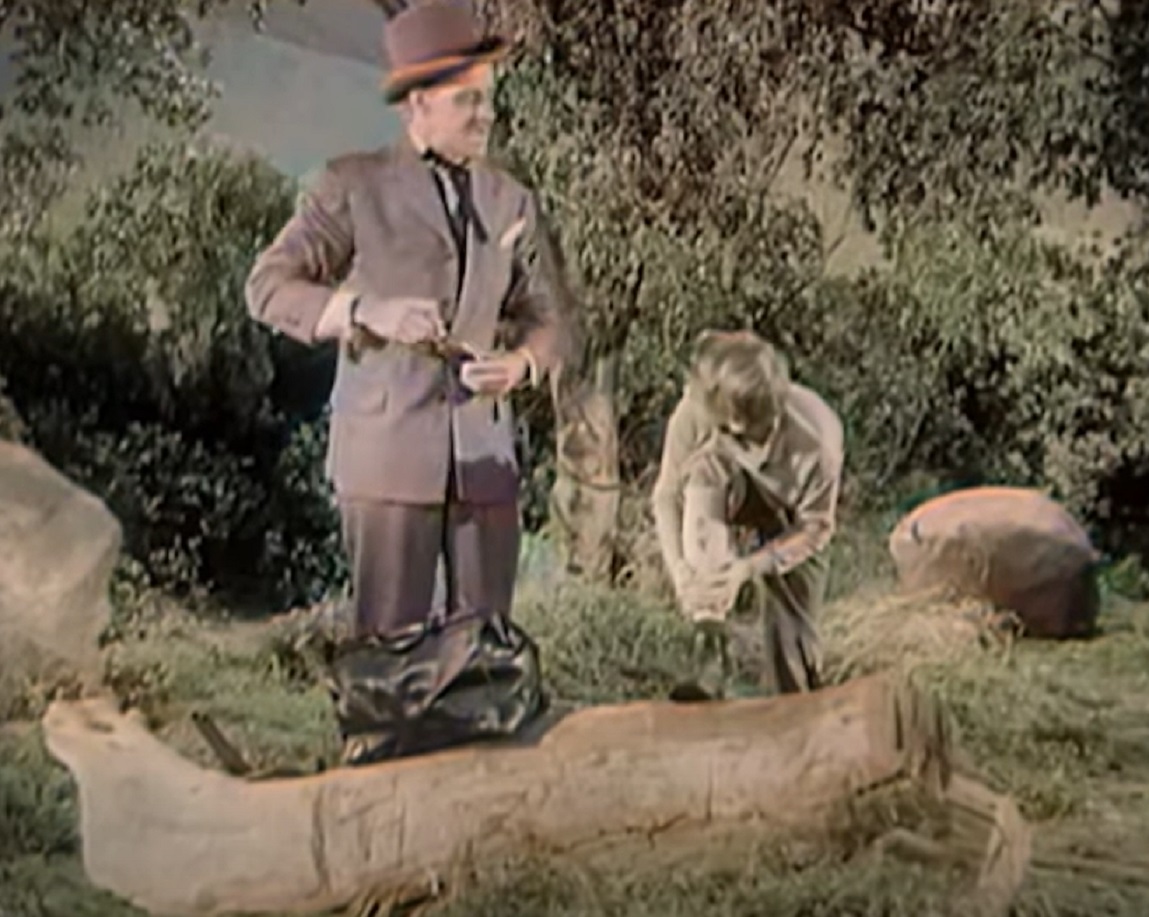 Republic Pictures, Stories of the Century (1954-55)
Republic Pictures, Stories of the Century (1954-55)
11. He Was An English Gentleman
To understand Boles’ first stagecoach heists and his apparent obsession with Wells Fargo strongboxes, we’ll have to back up to Norfolk, England. Sometime around 1829, Boles was born to John and Maria Boles. He had six brothers and three sisters. As one the eldest of his parents’ brood, he was supposed to set a good example.
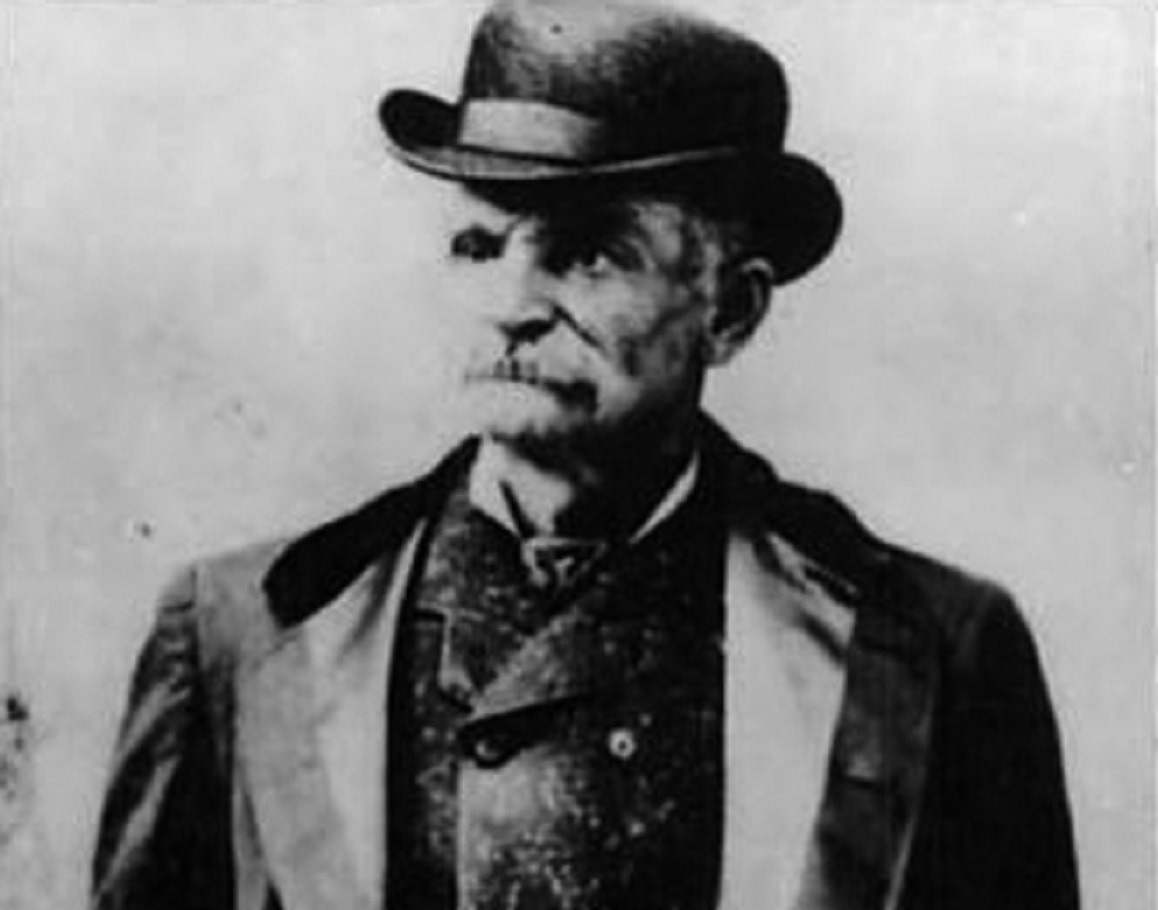 Unknown Author, Wikimedia Commons
Unknown Author, Wikimedia Commons
12. He Grew Up On A Peaceful Farm
When he was two, Boles’ parents uprooted their family and moved to Jefferson County, New York. By all accounts, Boles enjoyed a seemingly peaceful and pastoral childhood on the family farm just north of Plessis Village. There’s nothing in the historical records to suggest that he would become a prolific bandit. Except, perhaps, for his love of adventure.
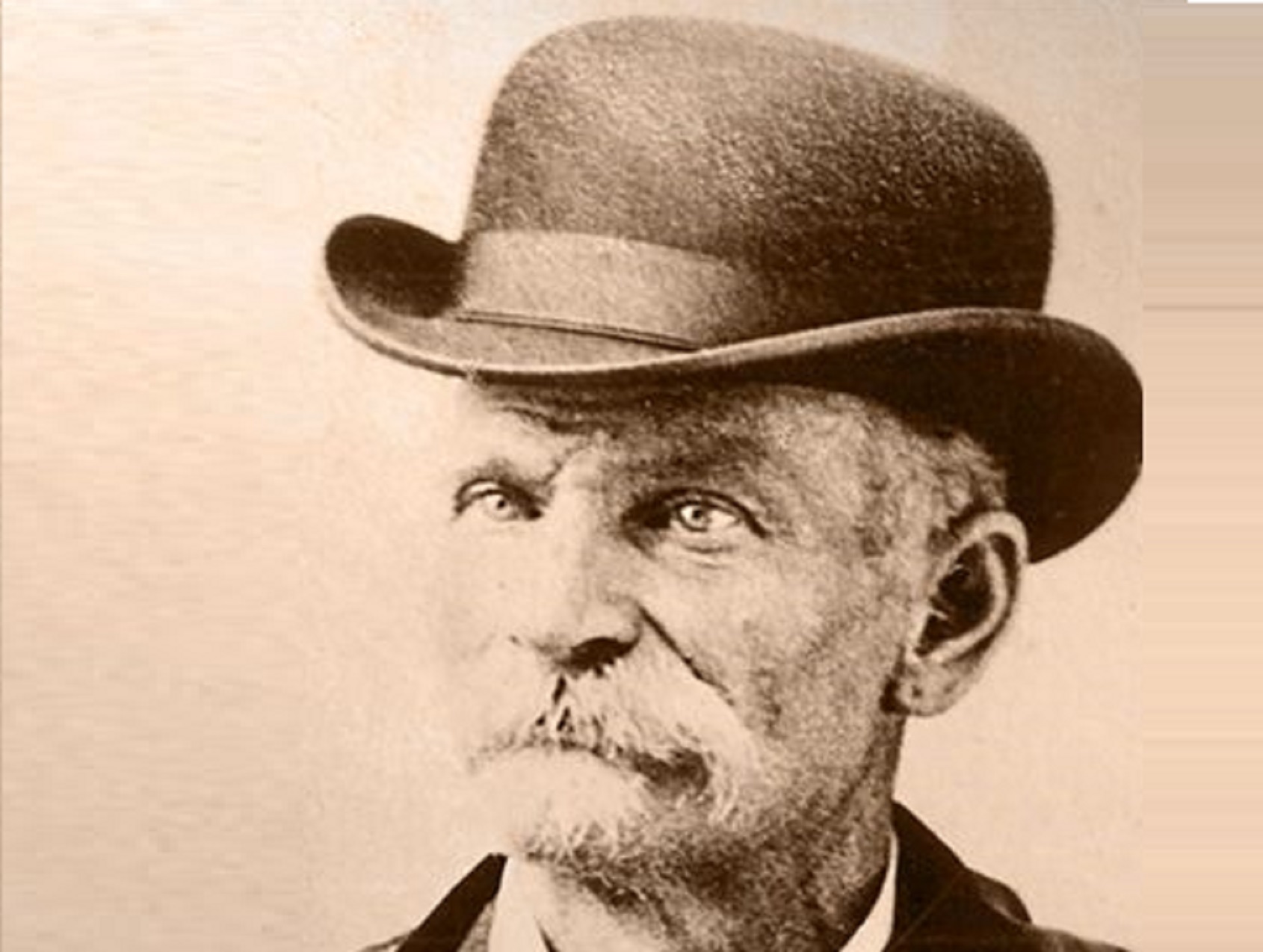 Wells Fargo, Wikimedia Commons
Wells Fargo, Wikimedia Commons
13. He Joined The California Gold Rush
Boles did not start out as an outlaw. He sought his fortune through backbreaking hard work. Along with his brothers David and James, Boles moved out west to California in 1849. The intrepid brothers tried their luck in the California Gold Rush, prospecting in the North Fork of the American River. But they only found misery.
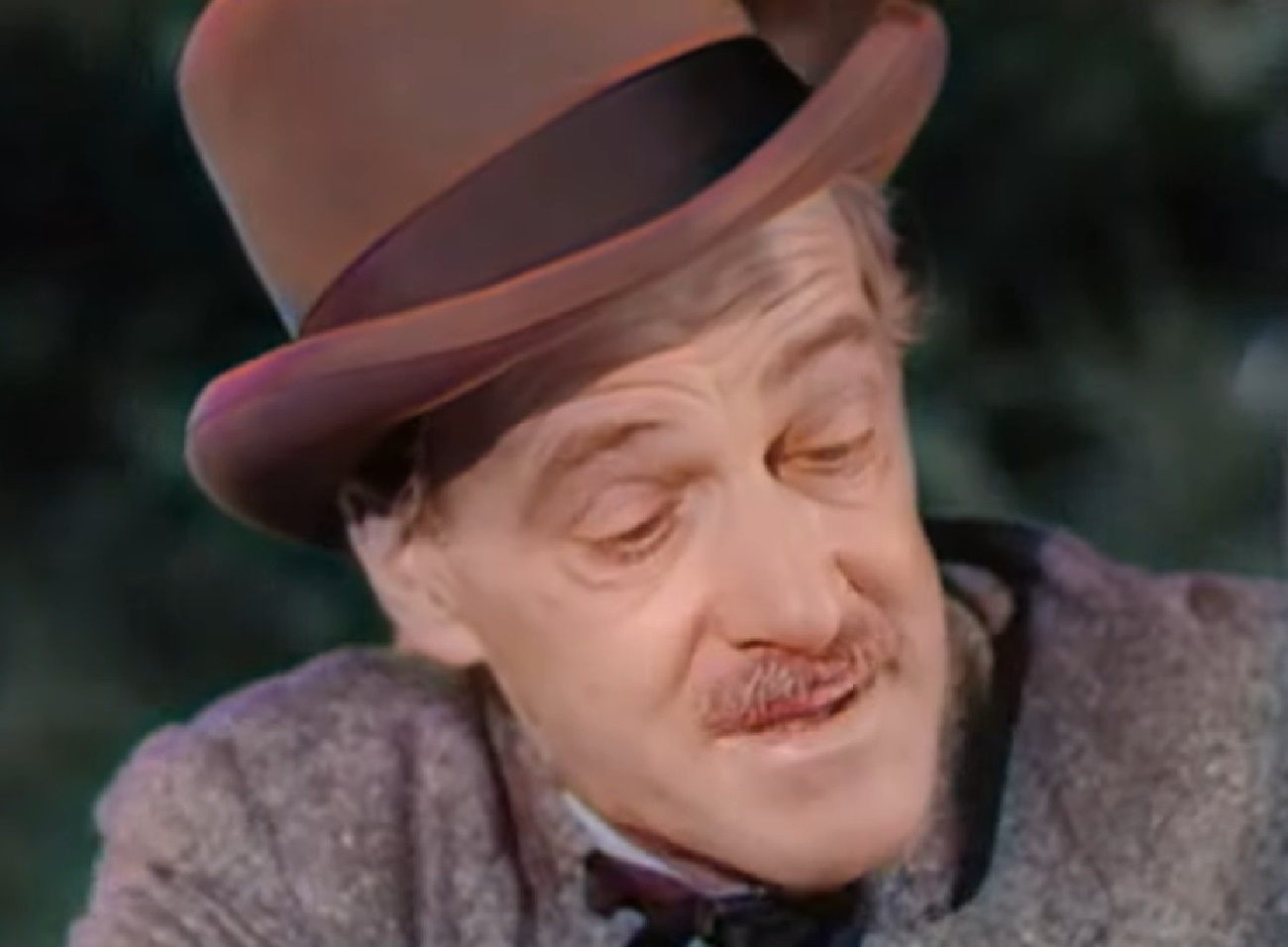 Republic Pictures, Stories of the Century (1954-55)
Republic Pictures, Stories of the Century (1954-55)
14. He Left Empty-Handed
After three years of sifting through dirt and mud, Boles and his brothers found nothing but aches and pain. They might have found a gold nugget or two, but like the thousands upon thousands of other gold seekers, a rich gold vein eluded them. Dismayed, they returned to New York. But Boles was never one to give up—or forget a grudge.
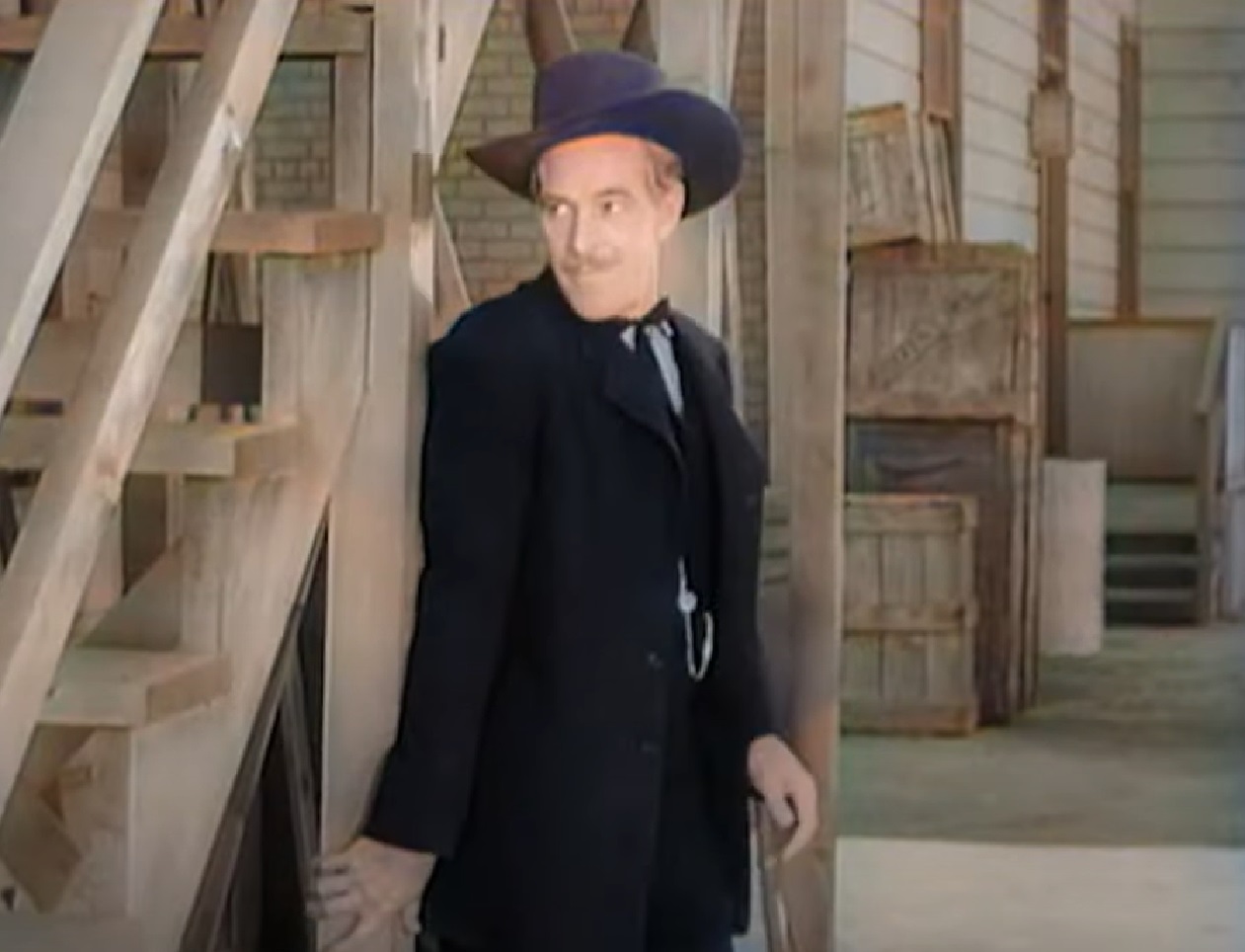 Republic Pictures, Stories of the Century (1954-55)
Republic Pictures, Stories of the Century (1954-55)
15. He Lost Both Of His Brothers
Boles didn’t spend much time feeling sorry for himself in New York. Along with his brothers David and Robert, he returned to the Sacramento area to try his luck one last time. Sadly, he would lose far more than he would gain. Both of his brothers passed away from mysterious illnesses shortly after arriving in California.
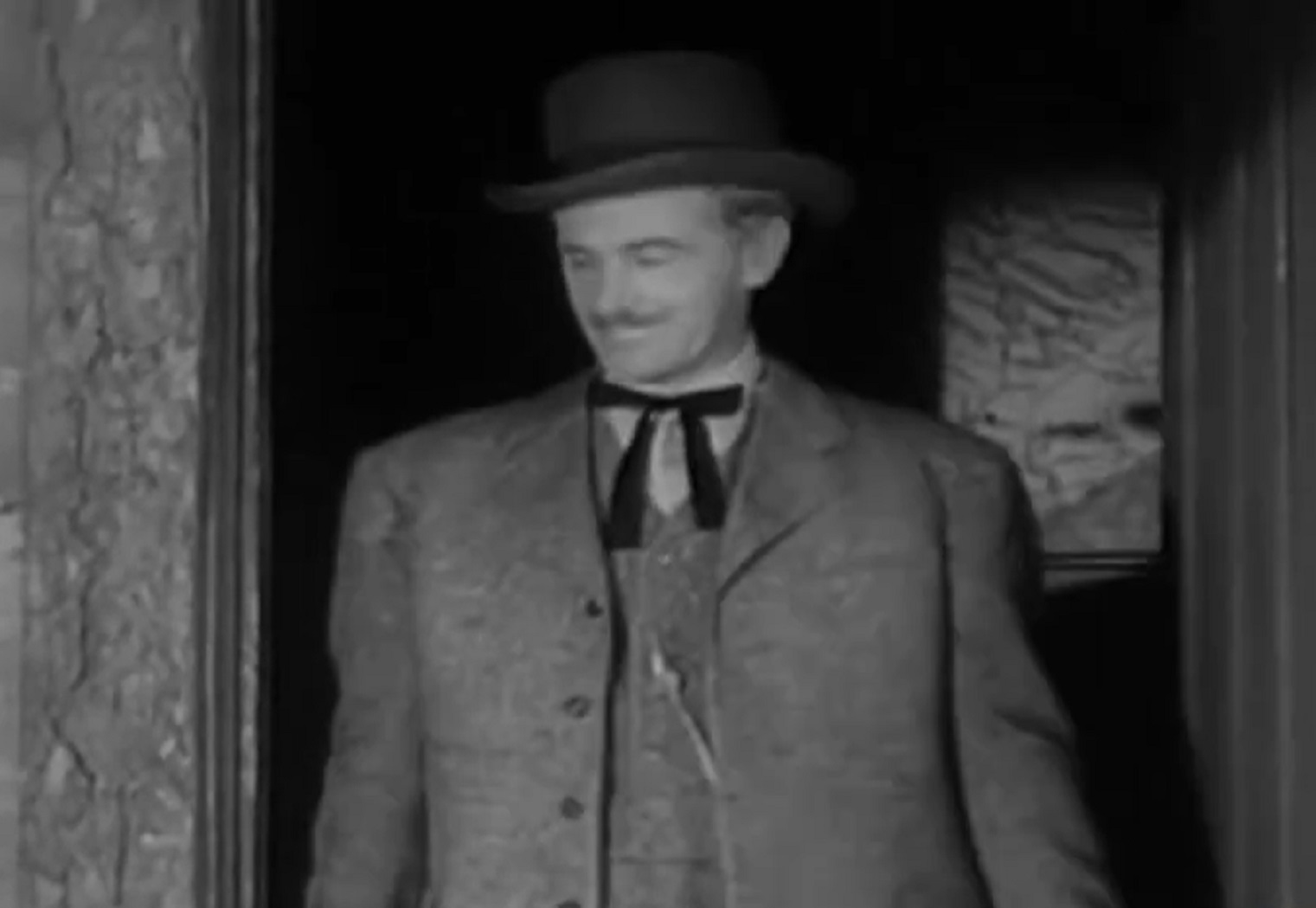 Republic Pictures, Stories of the Century (1954-55)
Republic Pictures, Stories of the Century (1954-55)
16. He Never Did Find Gold
Even without his brothers, Boles remained in California for another two years. But his luck didn’t change and he finally gave up his pursuit of gold. Once again, he returned to New York more or less empty-handed. Turns out, however, that his true fortune had been waiting for him in New York all along.
It just wasn’t the kind of fortune he had expected.
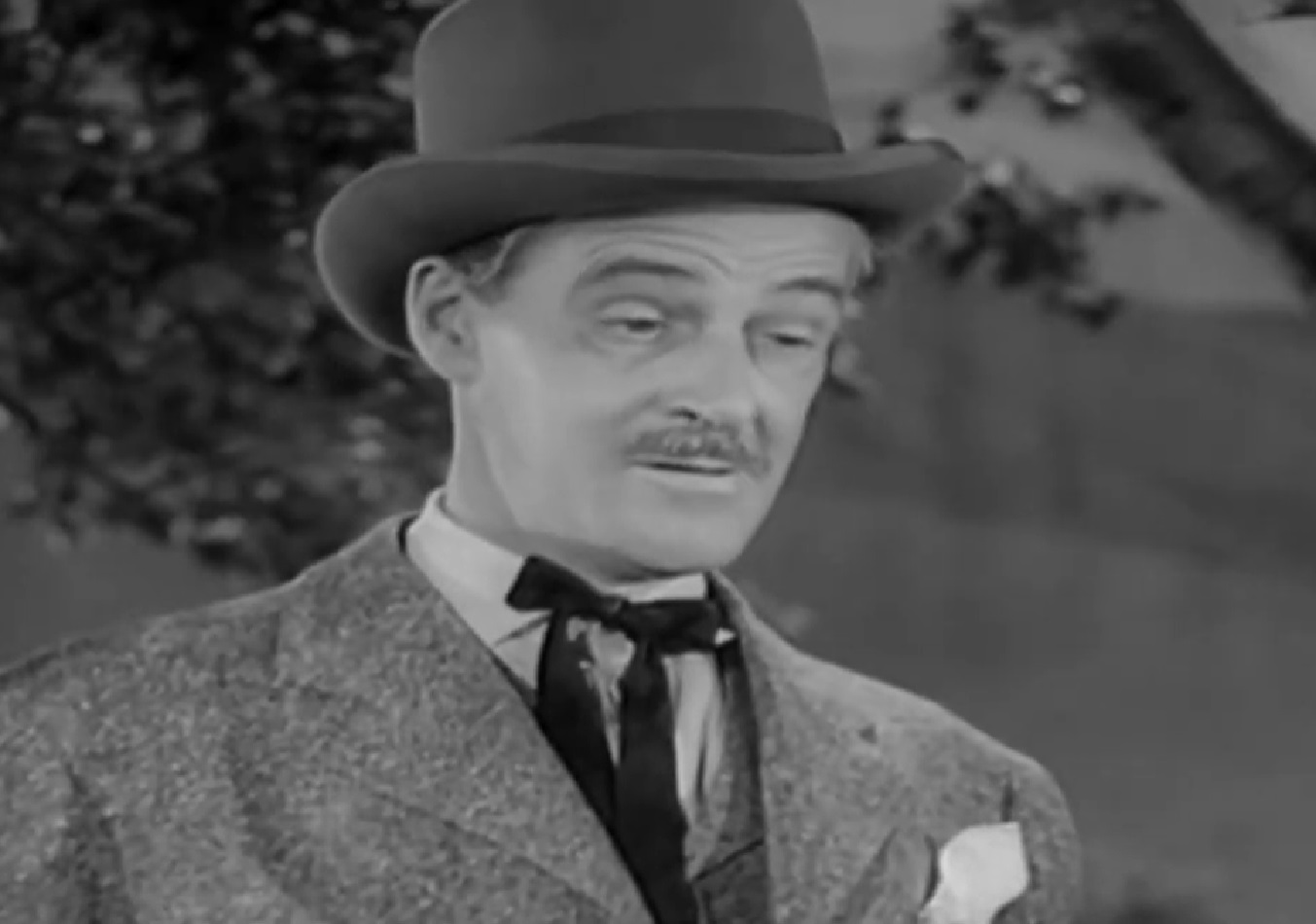 Republic Pictures, Stories of the Century (1954-55)
Republic Pictures, Stories of the Century (1954-55)
17. He Found Love
Boles found something more precious than gold when he returned to New York: love. Almost as soon as he was back, he married Mary Elizabeth Johnson. There’s no evidence that they had been in contact while Boles had been in California, suggesting that it may have been love at first sight.
By 1860, they were living in Decatur, Illinois with their four kids. But this was far from happily ever after.
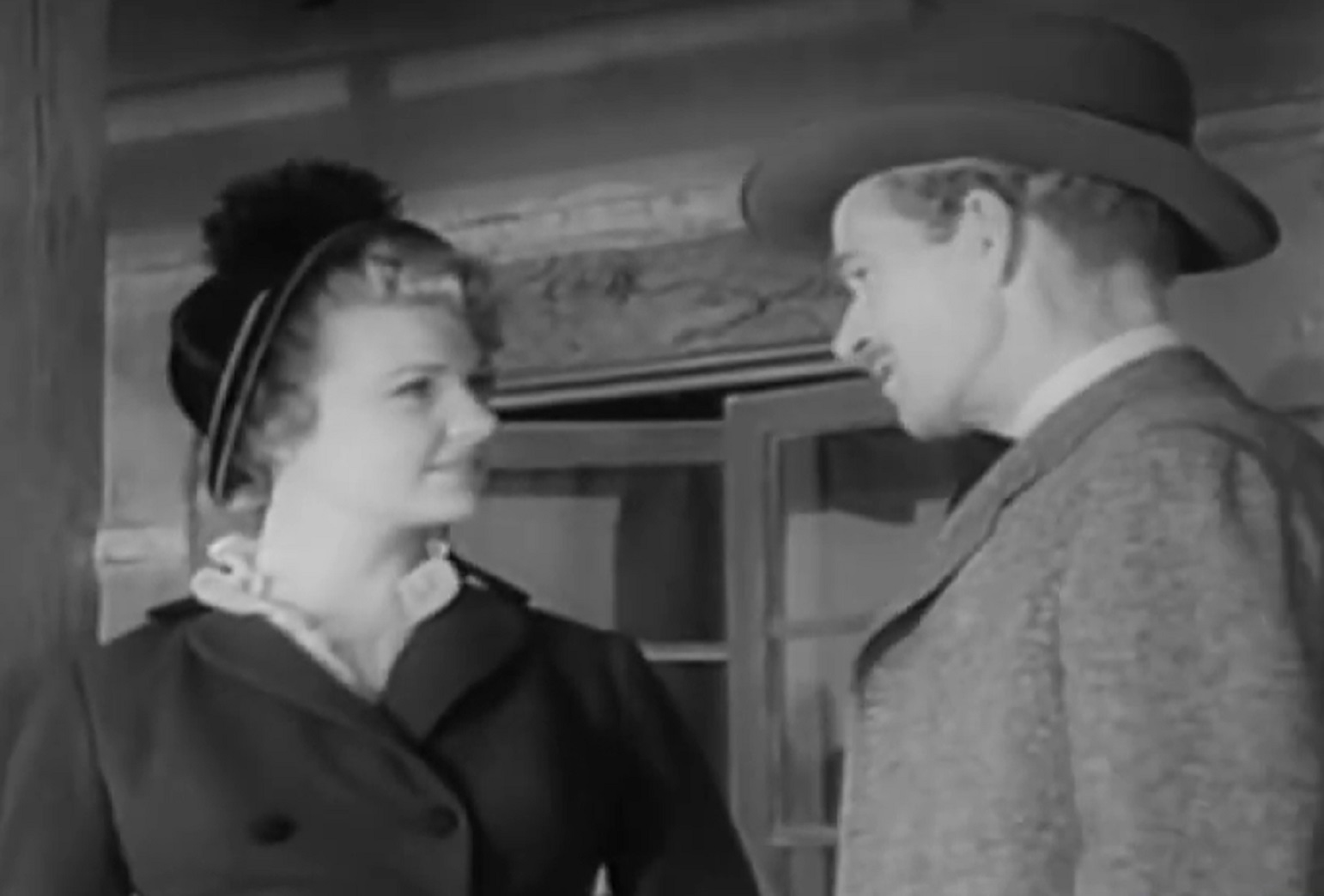 Republic Pictures, Stories of the Century (1954-55)
Republic Pictures, Stories of the Century (1954-55)
18. He Was A Veteran
Boles might have faded into obscurity if the upheaval and chaos roiling across the country hadn’t upended his happy Illinois life. But, in 1862, that’s exactly what happened. He joined the Union forces in the fight against the Confederacy. Like many others, he received a grievous injury in the brutal Battle of Vicksburg. It changed the course of his life forever.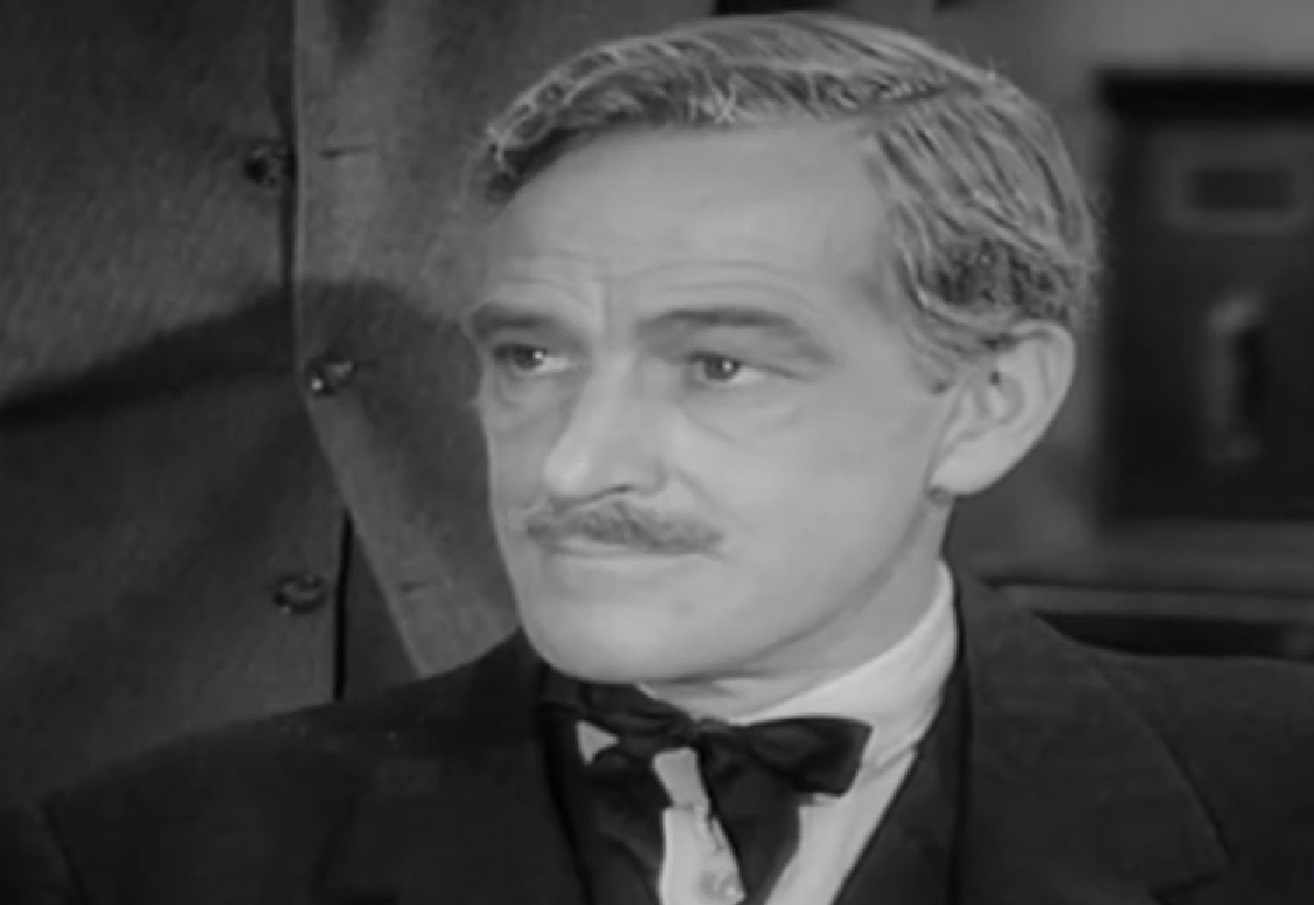 Republic Pictures, Stories of the Century (1954-55)
Republic Pictures, Stories of the Century (1954-55)
19. He Still Wanted To Strike It Rich
Forever scarred and forever changed, in 1865 Boles returned to the only work he had ever known: prospecting. Leaving his wife and children behind, he prospected for gold in places like Idaho and Montana. Everything was going just fine—until a chance encounter set him on a path to become one of the most prolific outlaws in the West.
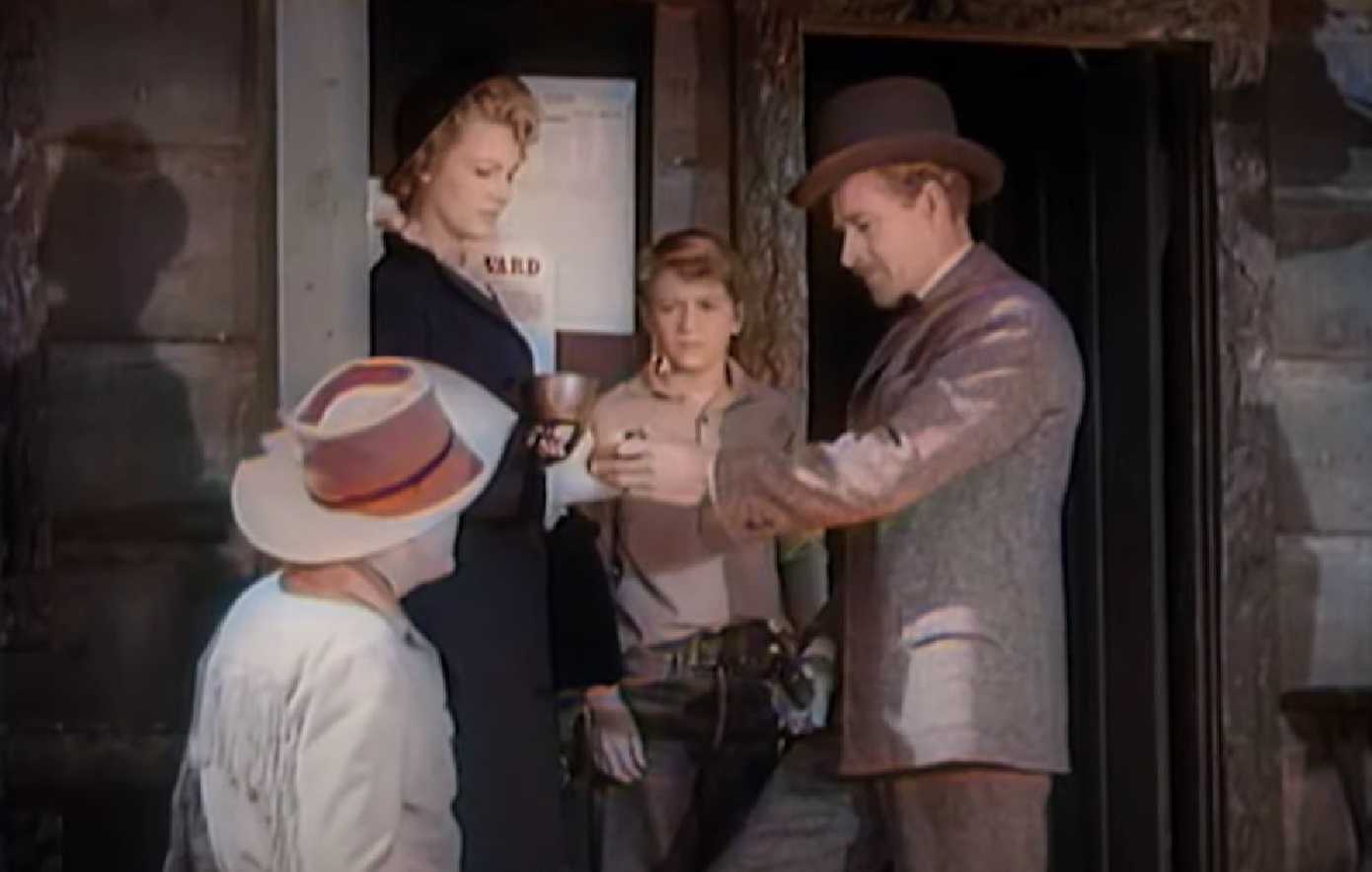 Republic Pictures, Stories of the Century (1954-55)
Republic Pictures, Stories of the Century (1954-55)
20. He Had A Fight With Wells Fargo
In August 1871, Boles wrote a passionate letter to his wife—but it wasn’t a love letter about how much he missed her. In the letter, Boles recounted a vague run-in with some agents from Wells, Fargo & Company, then a banking and express delivery business. Why did the encounter stick out to him? That's the strange part.
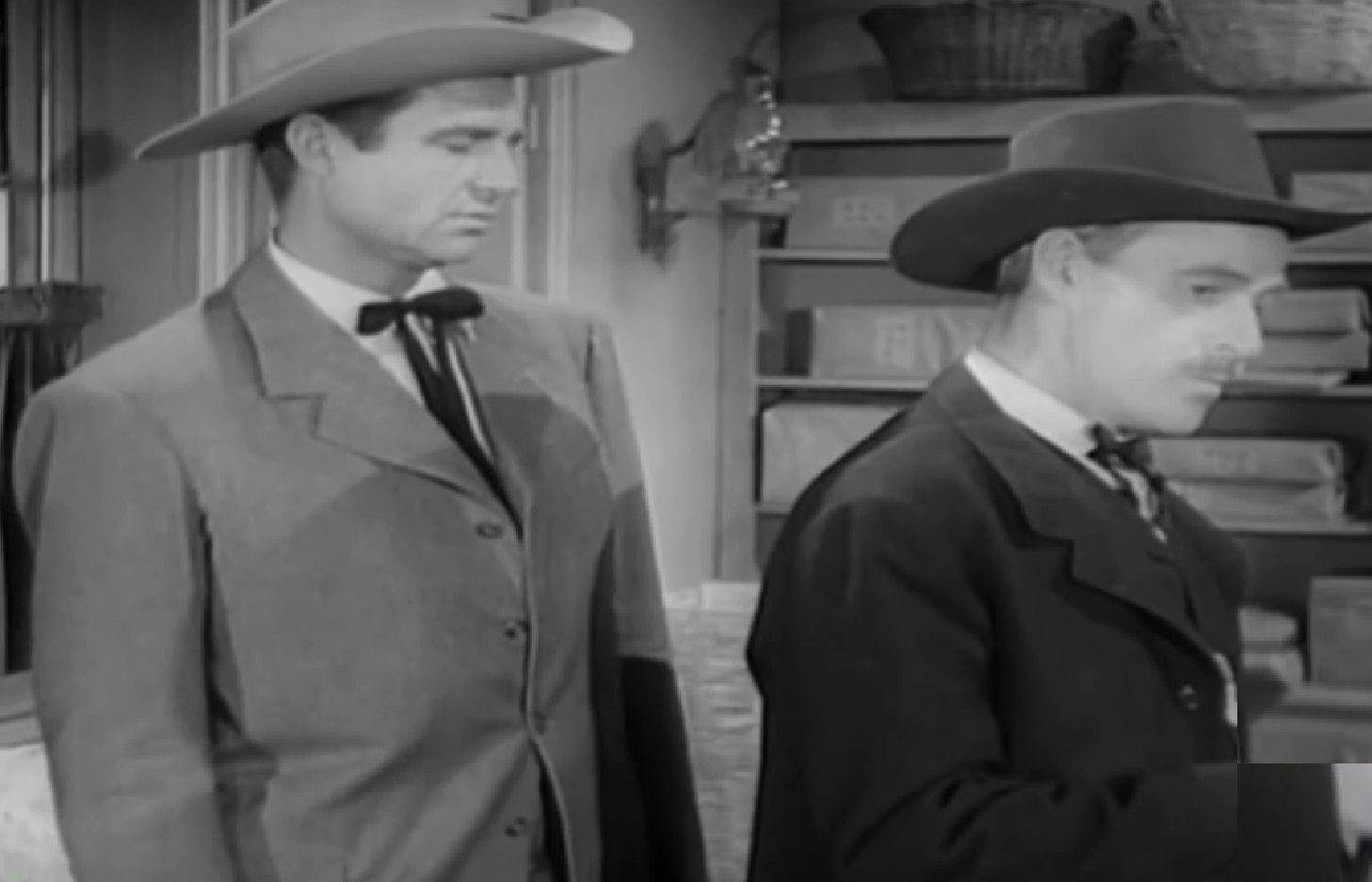 Republic Pictures, Stories of the Century (1954-55)
Republic Pictures, Stories of the Century (1954-55)
21. He Vowed To Get Revenge
It’s not entirely clear what transpired between Boles and the Wells Fargo agents. Even historians aren’t certain. But one thing is crystal clear: The run-in was bad enough to turn Boles into a bandit (albeit a nice one). Whatever happened, in the letter to his wife, Boles vowed to have his revenge on Wells, Fargo & Company. Revenge he would get 28 times.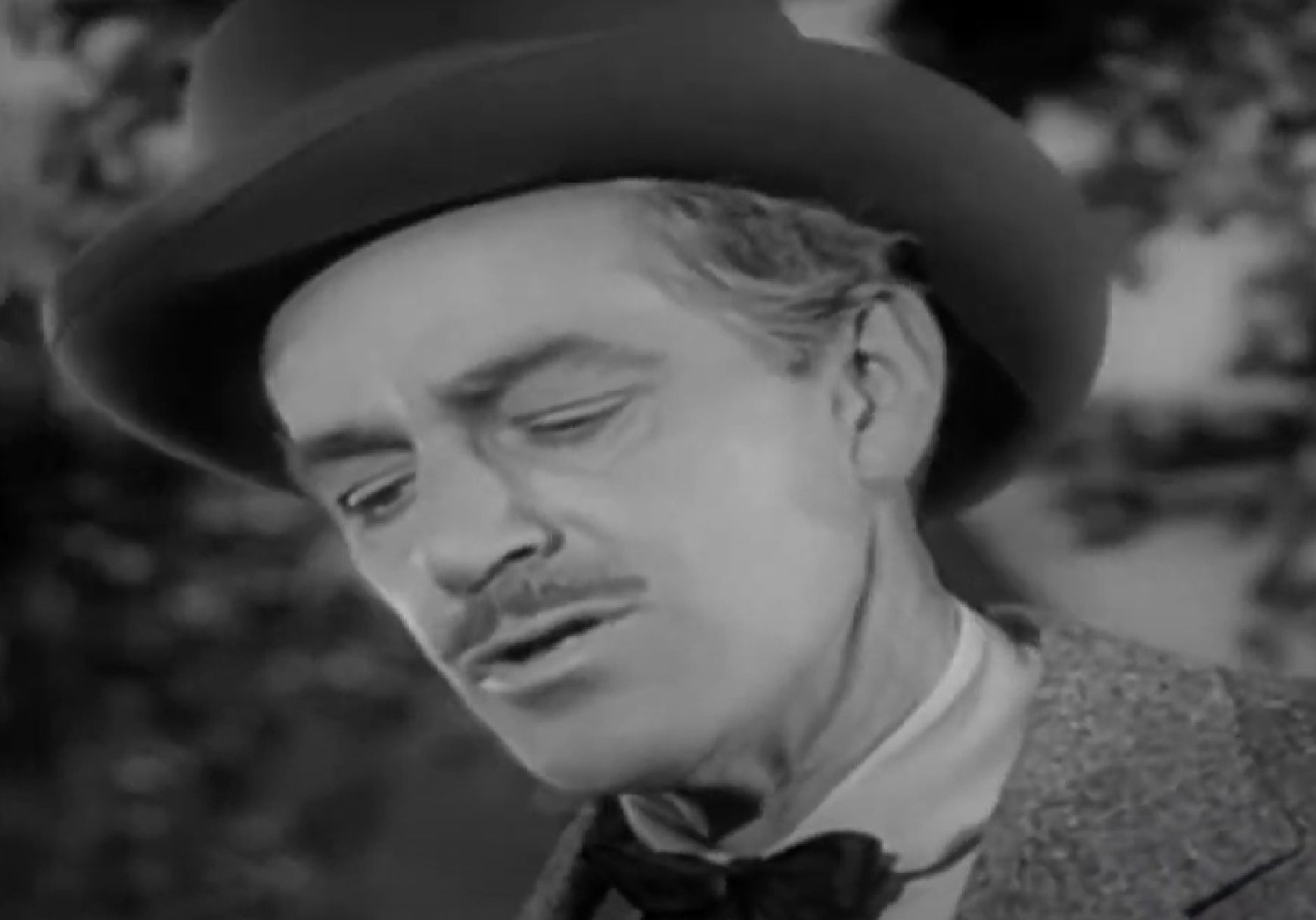 Republic Pictures, Stories of the Century (1954-55)
Republic Pictures, Stories of the Century (1954-55)
22. He Left A Little Paper Behind
As Wells, Fargo & Company Detective Chief Hume investigated the scene of Boles’ August 1877 heist, he found no evidence that might point him to a suspect. Except for one strange thing: A piece of paper—the stagecoach's passenger list—secured under a rock beside the side of the road.
It looked like whoever held up the coach put it there on purpose.
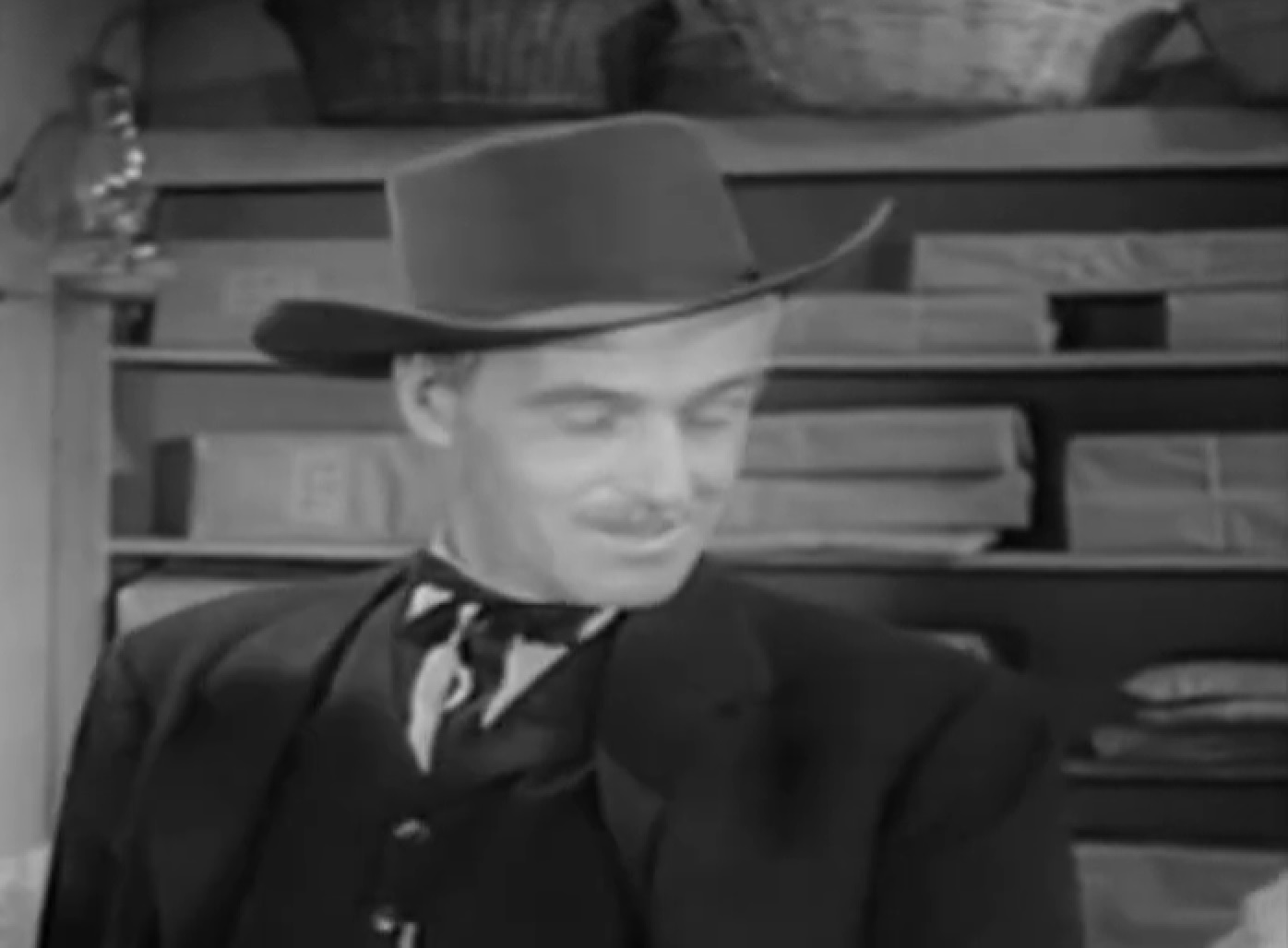 Republic Pictures, Stories of the Century (1954-55)
Republic Pictures, Stories of the Century (1954-55)
23. He Signed His Name
When Hume lifted the waybill, he read more than just a list of the stagecoach’s passengers. Boles had handwritten a poem. “I’ve labored long for bread, For honor and for riches, But on my corns too long you’ve tread, You fine haired Sons of…,” well, you can imagine the rest. Boles had signed the poem “Black Bart, the Po8”.
And so the hunt began.
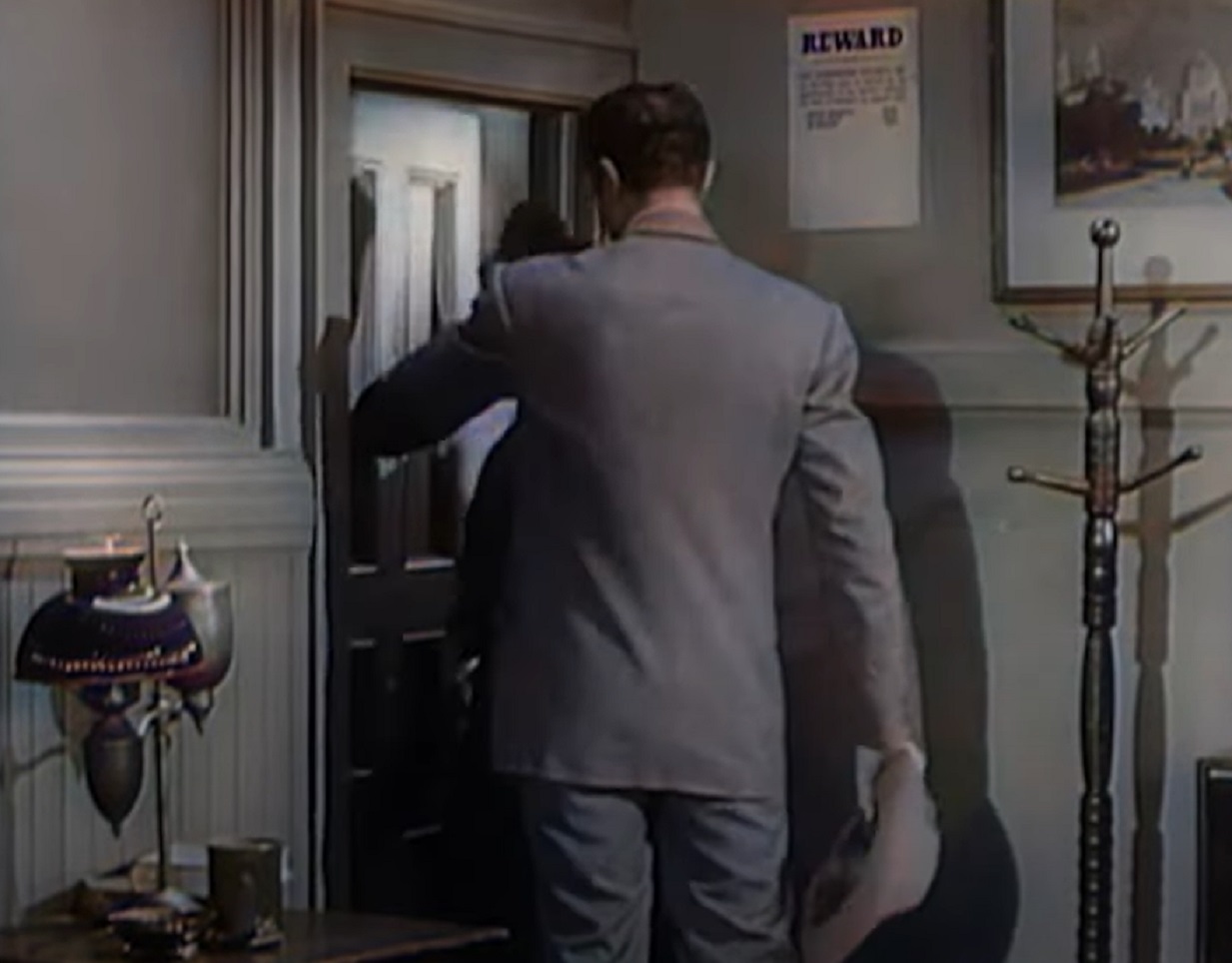 Republic Pictures, Stories of the Century (1954-55)
Republic Pictures, Stories of the Century (1954-55)
24. He Left A Big Clue In Plain Sight
One of the first mysteries that Boles left behind for Detective Hume and the other lawmen was his name: “Black Bart, the Po8”. Obviously, everyone knew that it was an alias. But as to why the bandit had chosen that name, Hume and the other investigators couldn’t rightly say. But Boles might have been giving them a bigger clue than they knew.
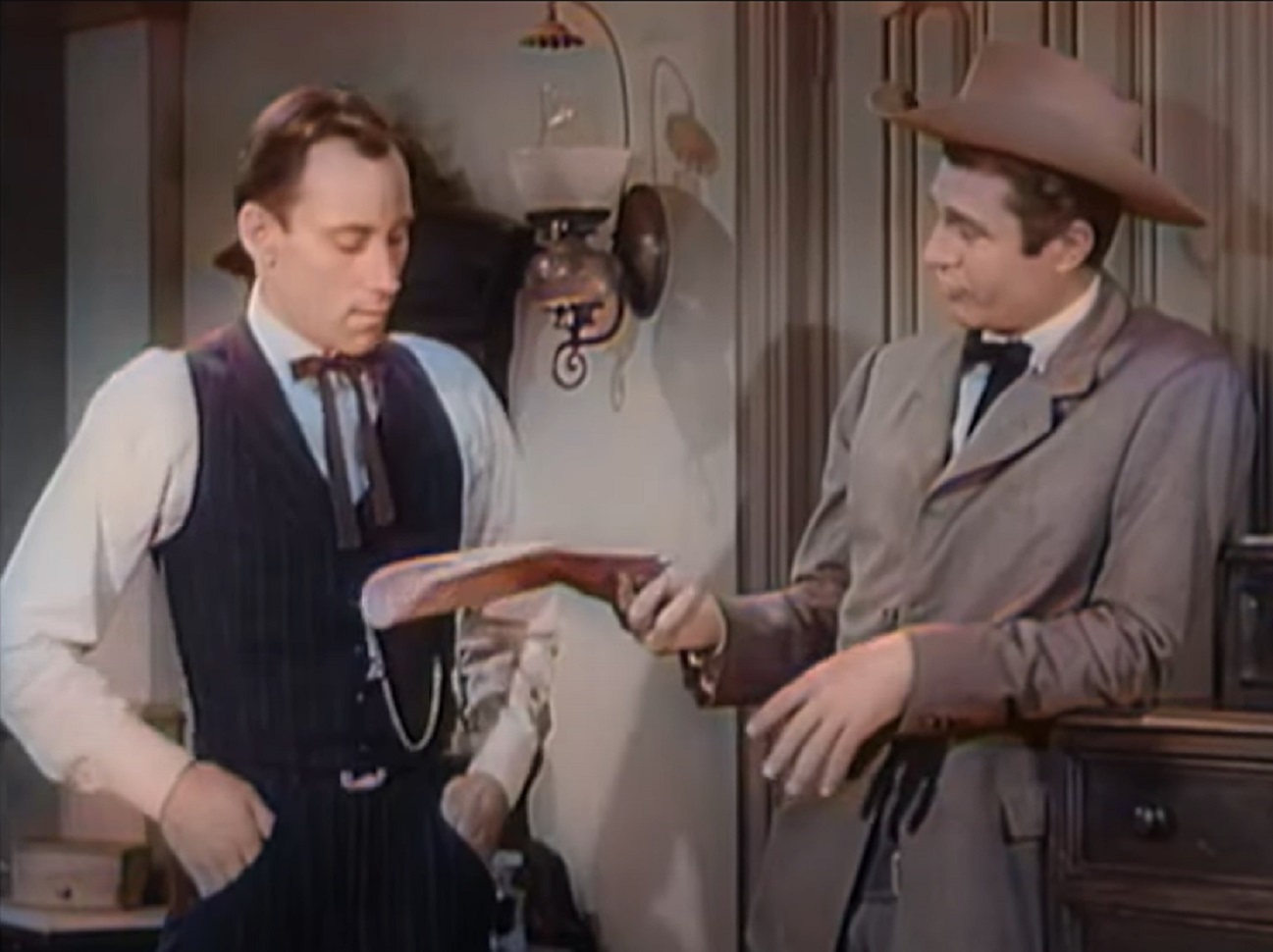 Republic Pictures, Stories of the Century (1954-55)
Republic Pictures, Stories of the Century (1954-55)
25. He Took The Role Of The Villain
In the 1870s, prior to Boles’ first heist, the Sacramento Union published a serial tale titled The Case of Summerfield. The story centered around a villain named Black Bart with “unkempt hair” who wore “a long, black coat”. Coincidentally (or not), Black Bart had a penchant for holding up Wells, Fargo & Company stagecoaches.
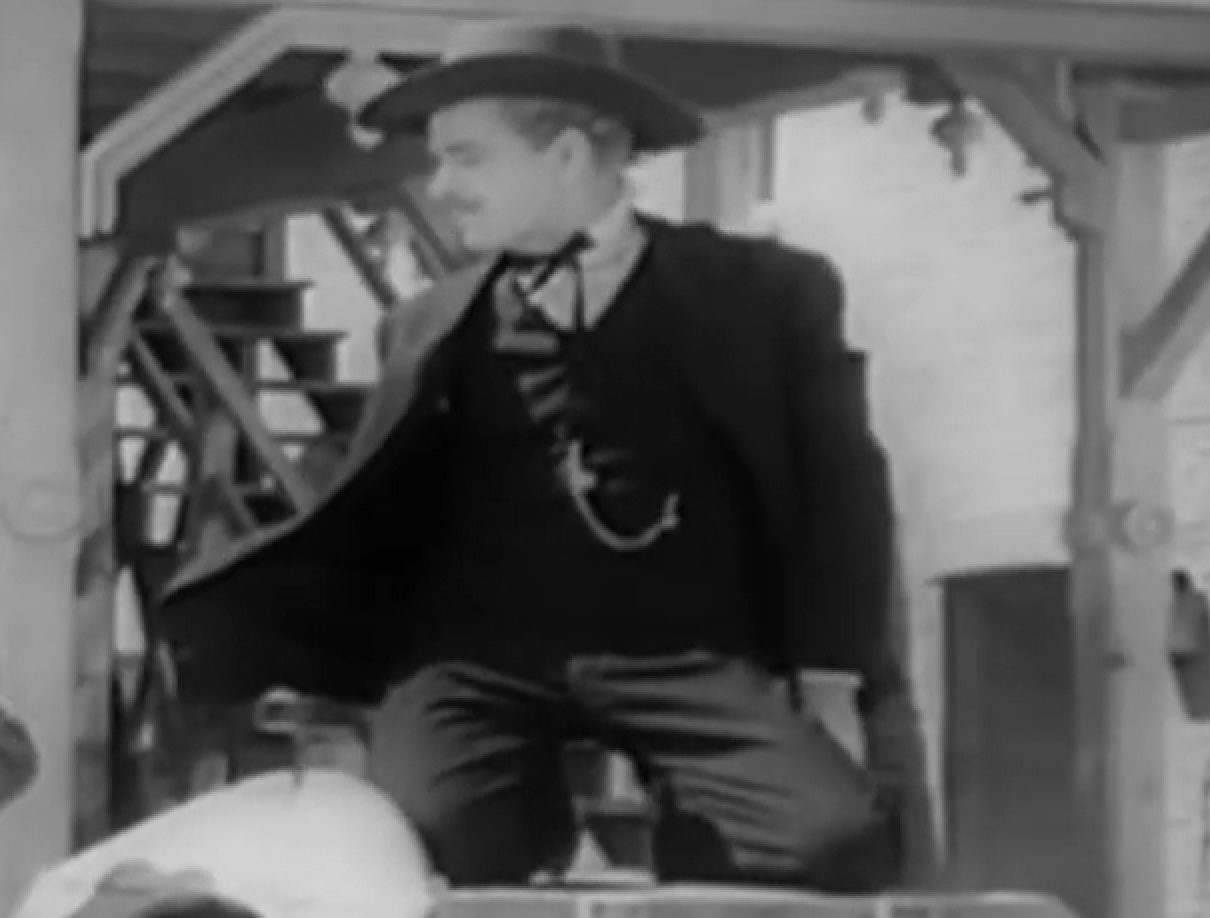 Republic Pictures, Stories of the Century (1954-55)
Republic Pictures, Stories of the Century (1954-55)
26. He Had Clear Motive
It’s unclear whether or not Detective Hume or any other lawman made the connection between the fictional Black Bart and now all-too real Black Bart. But, if they had, they would have gotten their first clue as to Boles’ identity: someone seeking revenge against the ever-growing behemoth bank. And Boles left another clear indication of motive.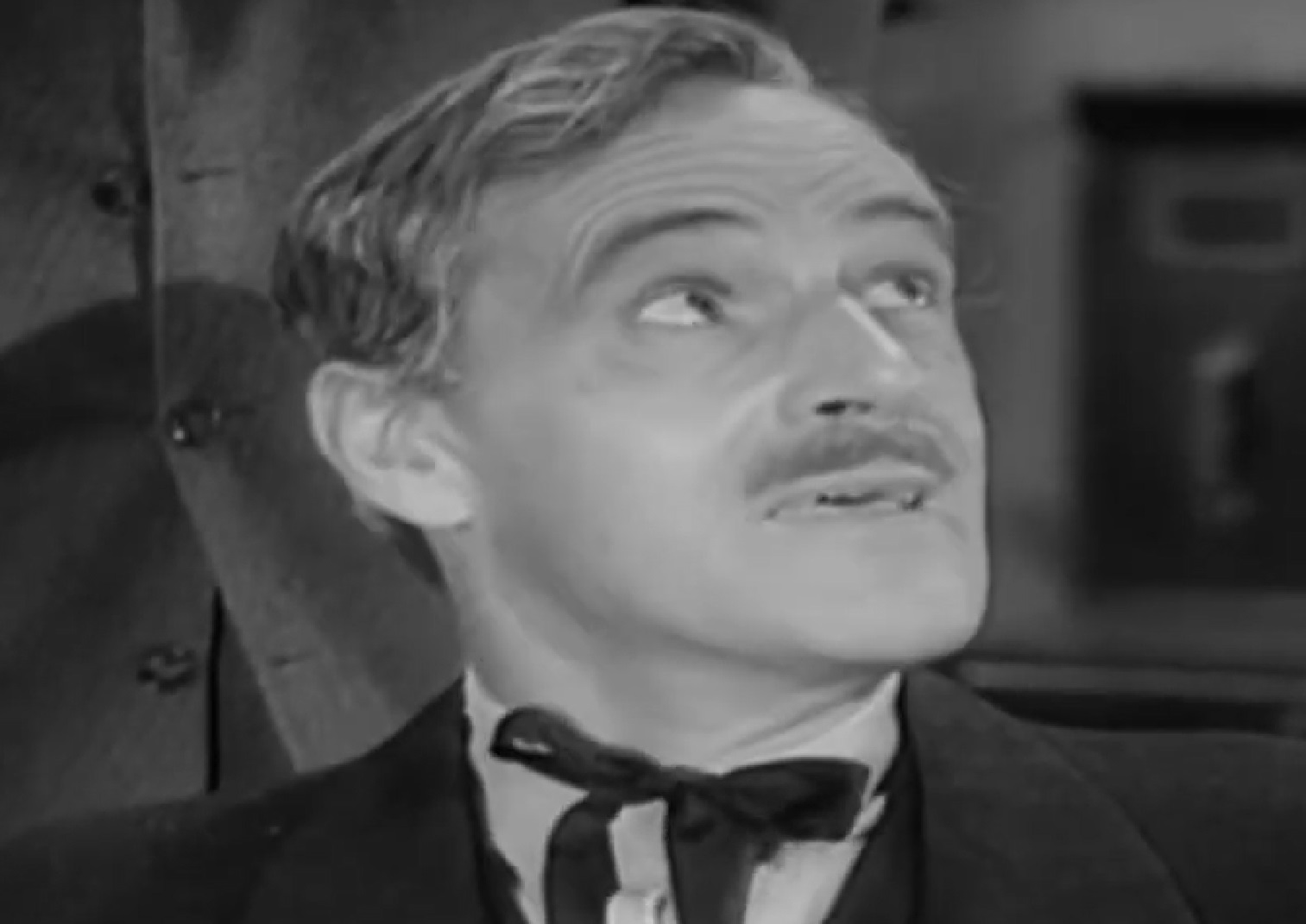 Republic Pictures, Stories of the Century (1954-55)
Republic Pictures, Stories of the Century (1954-55)
27. He Made Off With A Small Fortune
In his first two heists, Boles had targeted the Wells, Fargo & Company strongboxes, even returning a passenger’s purse. But, in the August 1877 heist, he left far more money on the table. He managed to make off with $300 in coins (a small fortune at the time), but he never cashed a check that would have doubled his take—presumably because Wells Fargo was not the payer.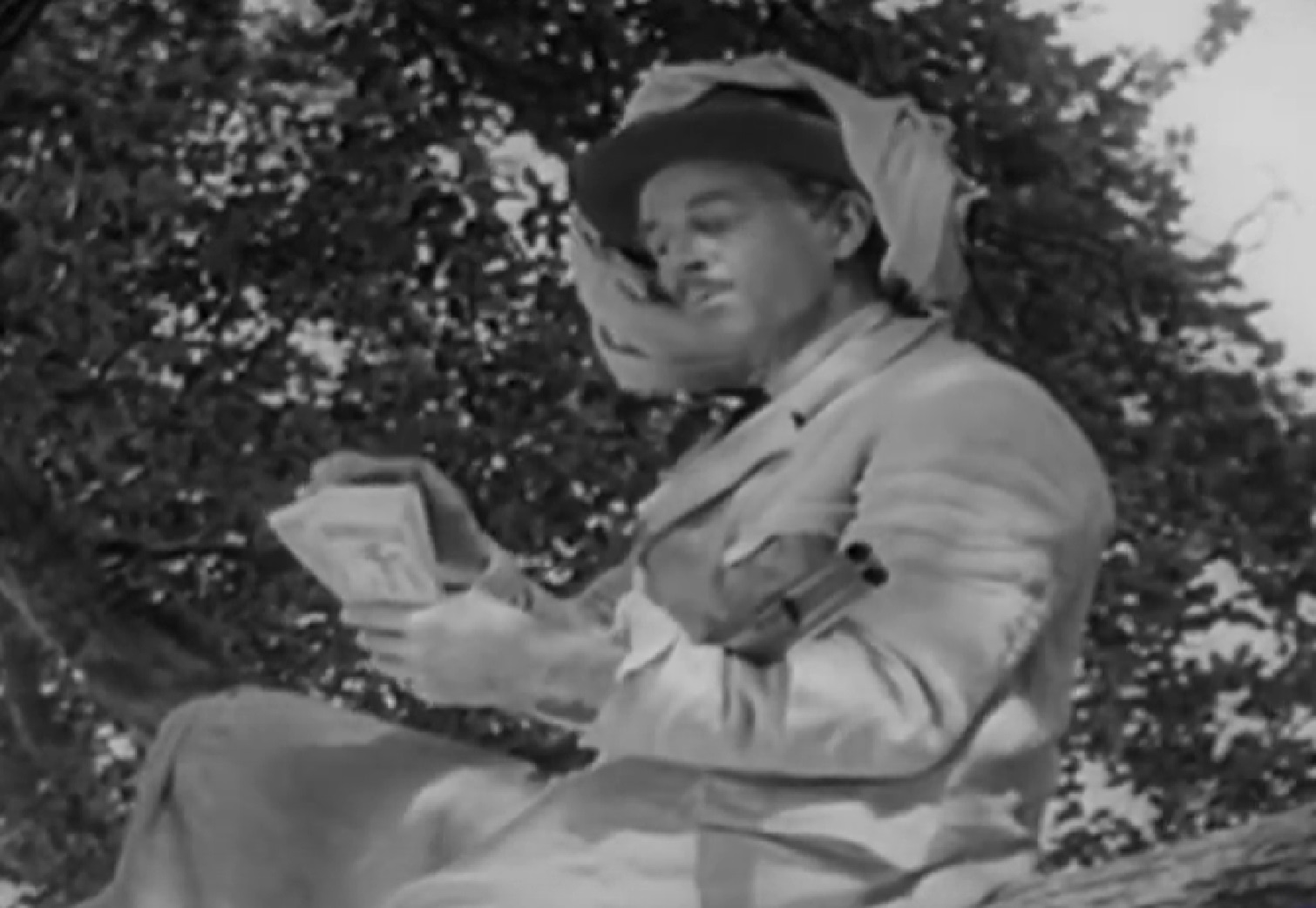 Republic Pictures, Stories of the Century (1954-55)
Republic Pictures, Stories of the Century (1954-55)
28. He Was A Wanted Man
Boles had staged his heists so well that he left Detective Hume and Wells Fargo without any tangible leads. In a desperate attempt to put an end to their losses, Hume and Wells Fargo posted a reward for $250 for any information that led them to the bandit now known as Black Bart, the Po8. The state of California even sweetened the deal with another $300.
But they got nothing. And Boles kept going.
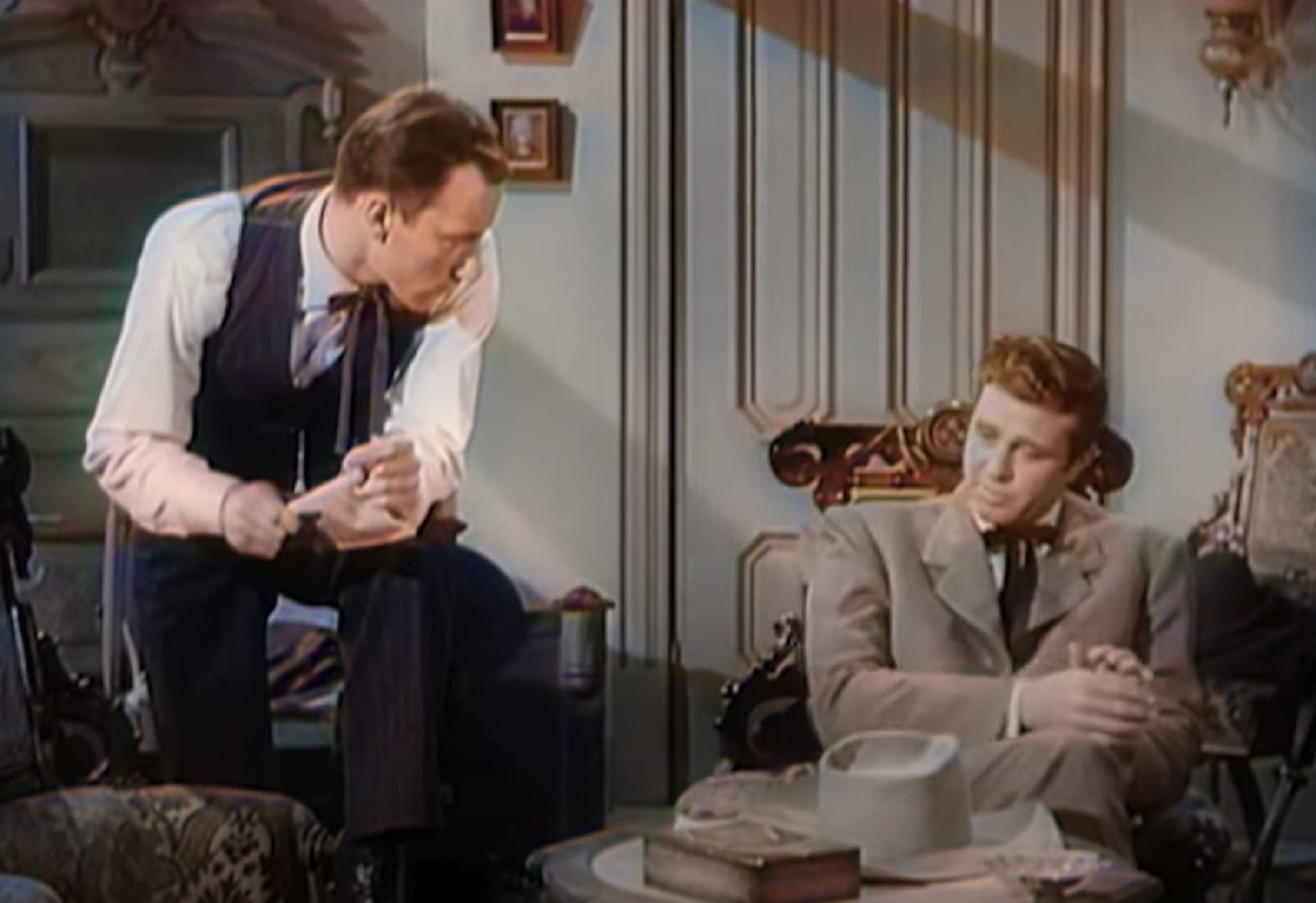 Republic Pictures, Stories of the Century (1954-55)
Republic Pictures, Stories of the Century (1954-55)
29. He Was Not A Prolific Poet
Boles’ deliberate targeting of Wells Fargo, coupled with his good manners, made him a hit with the public and the newspapers. In no time, he had developed a reputation as much for his brazen style of heists as he had for his poetic panache. But, in reality, he only ever left two confirmed poems at the site of his stagecoach heists.
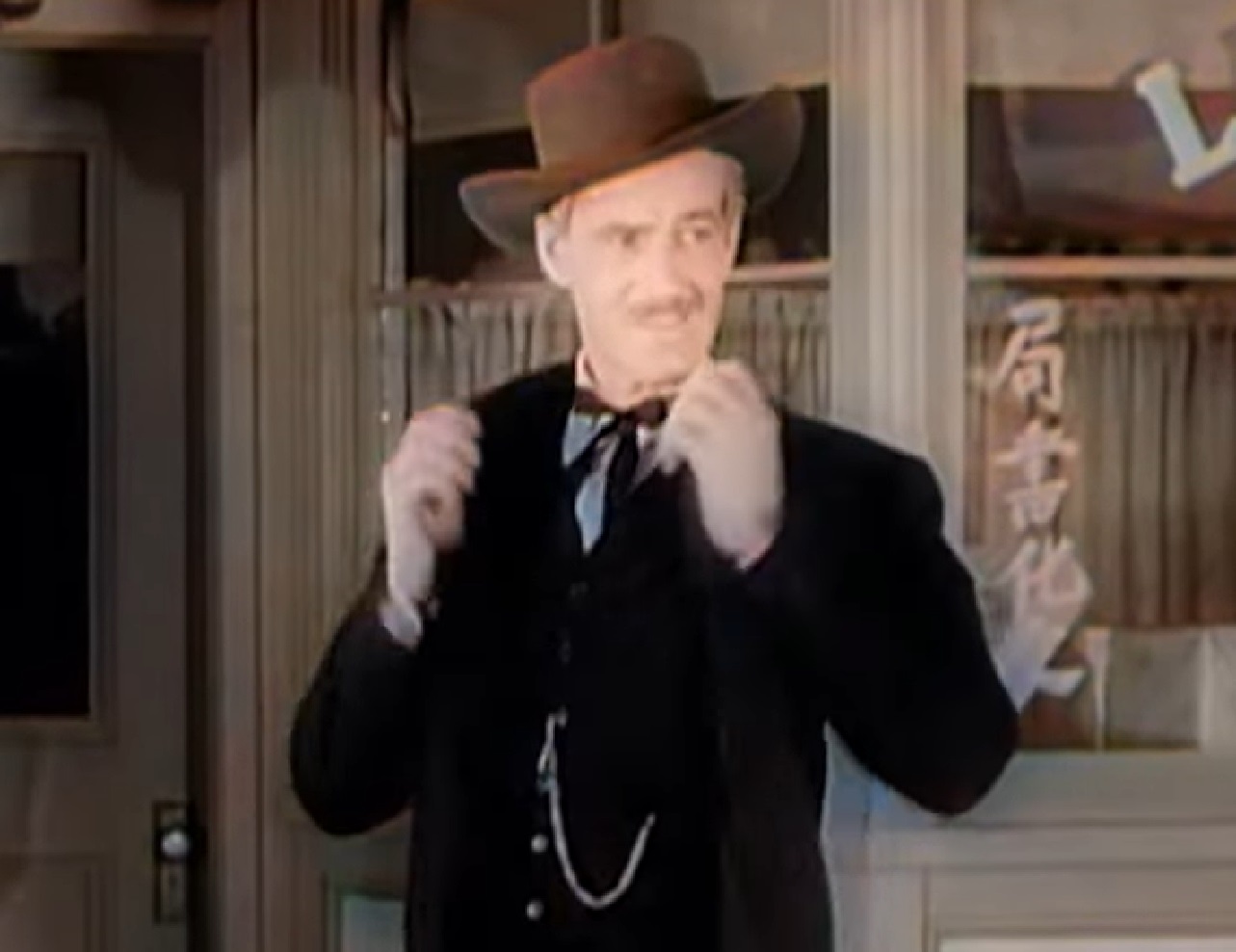 Republic Pictures, Stories of the Century (1954-55)
Republic Pictures, Stories of the Century (1954-55)
30. He Couldn’t Have Been Worse Off
The only other poem that Boles ever confessed to having written was left behind at a July 25, 1878 heist. “Here I lay me down to sleep, To wait the coming morrow, Perhaps success, perhaps defeat, And everlasting sorrow. Let come what will, I'll try it on, My condition can't be worse; And if there's money in that box, 'Tis munny in my purse”.
His other heists, however, were no less entertaining.
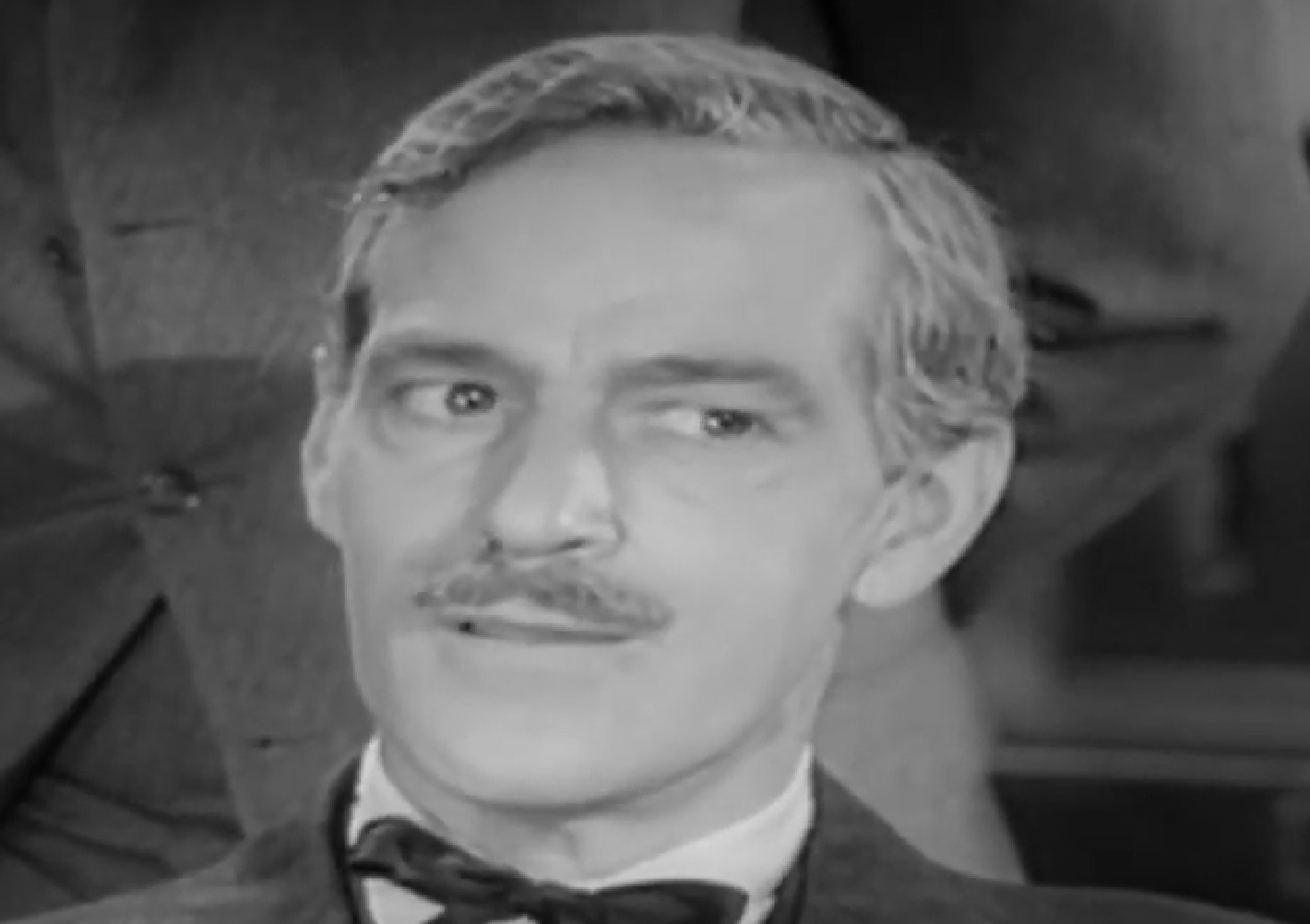 Republic Pictures, Stories of the Century (1954-55)
Republic Pictures, Stories of the Century (1954-55)
31. He Planned Everything Down To A “T”
In addition to his customary “please” and “thank you”, signed poems and targeting of Wells Fargo strongboxes, Boles left one more tell-tale sign of his presence at a heist. Boles always cut into the mailbags that he pilfered with a signature “T” shape. With so many clues, it would only be a matter of time before Hume caught up with him.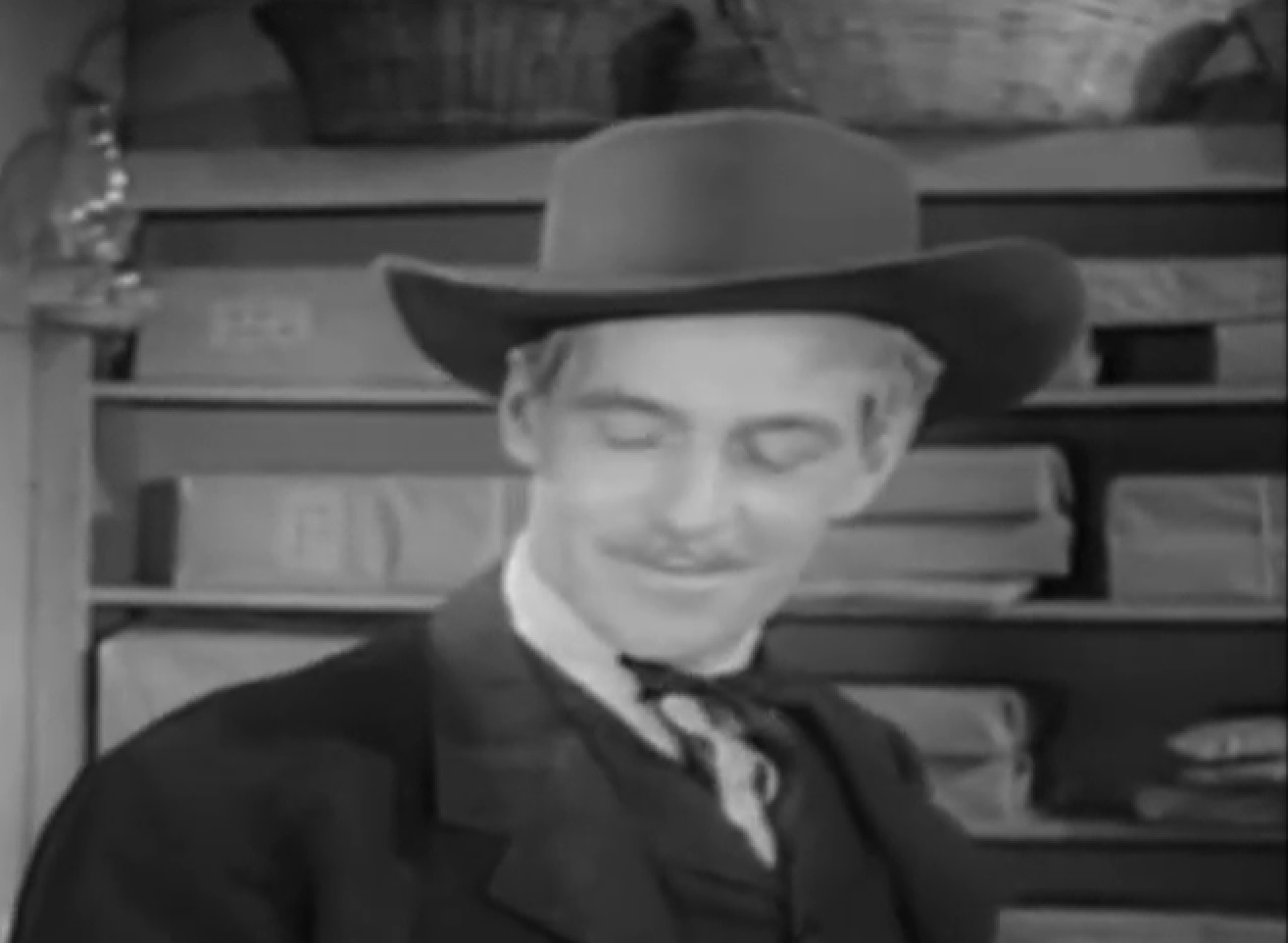 Republic Pictures, Stories of the Century (1954-55)
Republic Pictures, Stories of the Century (1954-55)
32. He Stopped For A Family Dinner
In late 1878, Boles made an uncharacteristic mistake that nearly led to his capture. After holding up a stagecoach traveling from Covelo to Ukiah, he walked to the McCreary farm. Once there, he paid the family for dinner with his pilfered cash and, from the sounds of it, sat down to eat at their table.
But there's one thing he didn't know: Hume was not far off his trail.
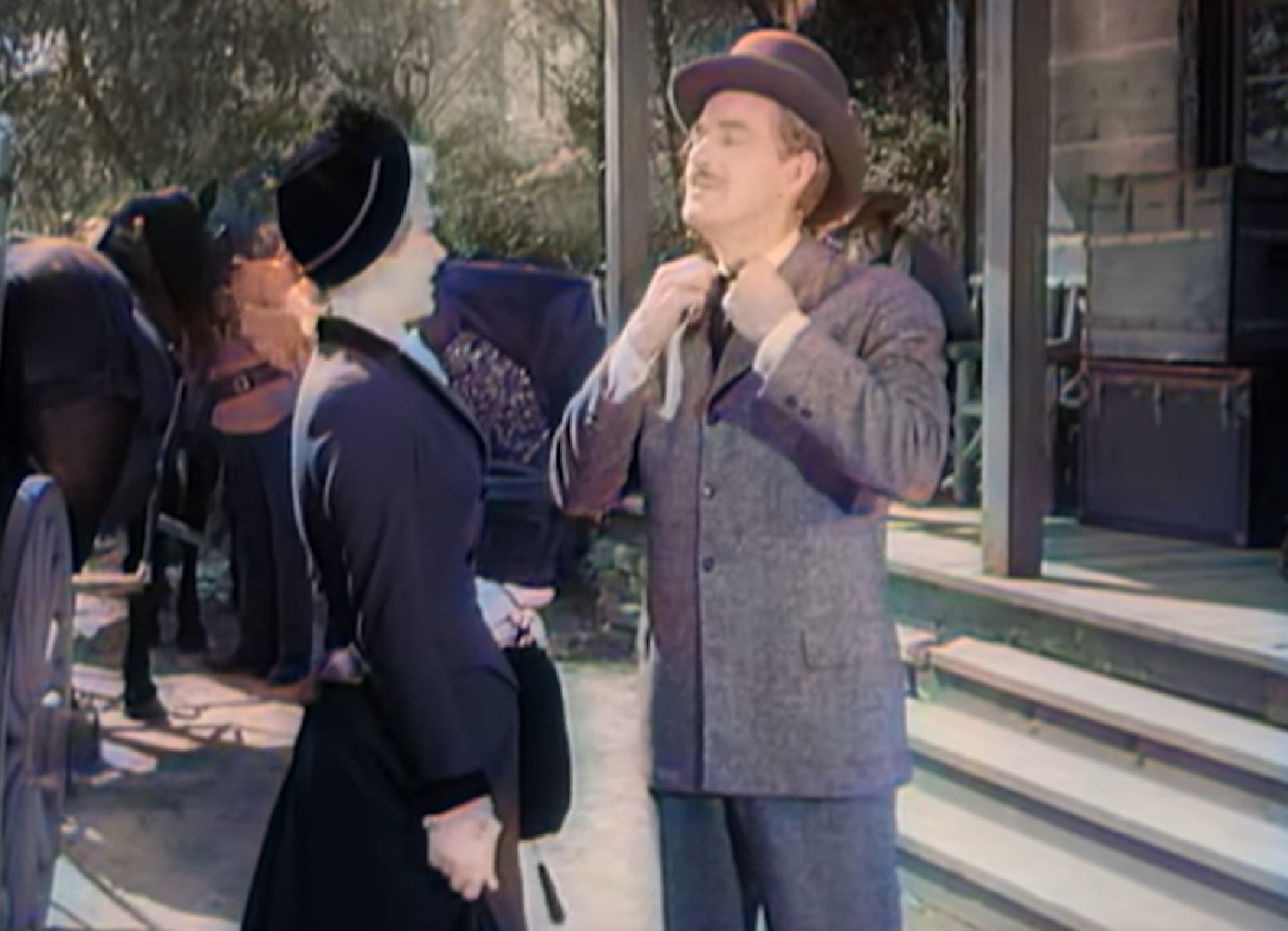 Republic Pictures, Stories of the Century (1954-55)
Republic Pictures, Stories of the Century (1954-55)
33. He Pulled Back The Mask
By the time that lawmen arrived at the McCreary farm, Boles had just slipped away—and slipped up. The McCreary girl, 14-year old Donna, provided the lawmen with a detailed description of Boles’ appearance beneath his flour sack mask. “Graying brown hair, missing two of his front teeth,” Donna described, “deep-set piercing blue eyes under heavy eyebrows. Slender hands and intellectual in conversation, well-flavored with polite jokes”.
Fortunately for Boles, the physical description that Donna McCreary had provided seemed to fit someone else perfectly. 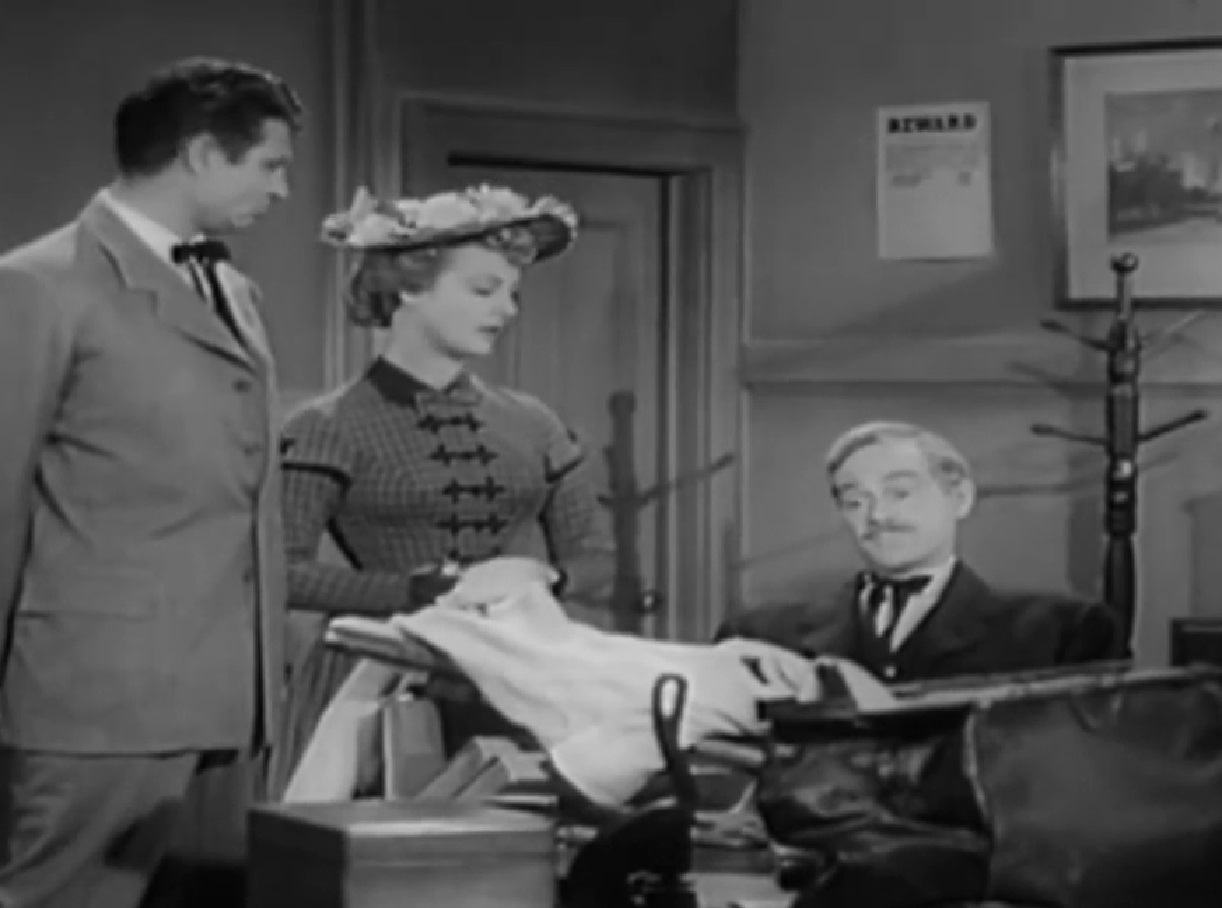 Republic Pictures, Stories of the Century (1954-55)
Republic Pictures, Stories of the Century (1954-55)
34. He Had A Fall Guy
Armed with what he considered to be a mountain of evidence, Hume put out the word: He had a suspect. The detective, eager to finally nab Black Bart and put an end to his string of holdups, sent a tightly guarded confidential notice to lawmen across California and Oregon. “Black Bart, the Po8” was, he believed, none other than the one-eyed Frank Fox.
Boles breathed easy. For now.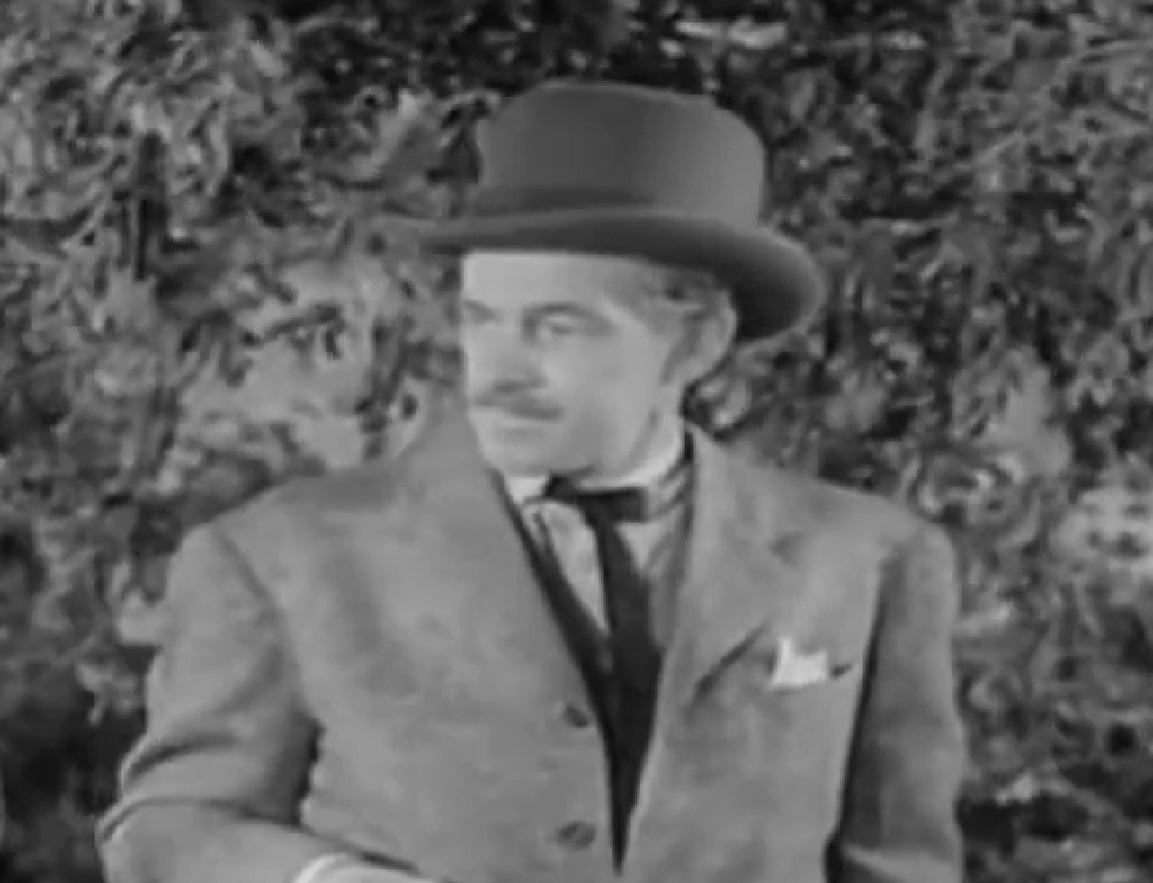 Republic Pictures, Stories of the Century (1954-55)
Republic Pictures, Stories of the Century (1954-55)
35. He Didn’t Always Get Paid
Sensing that he was in the clear, Boles went on a spree. In 1880 alone, he staged no less than five heists. But they weren’t all as successful as he had hoped. Even though he was managing to exact his revenge on Wells, Fargo & Company to the tune of thousands of dollars, he still needed more money. Thankfully, he could still afford good manners.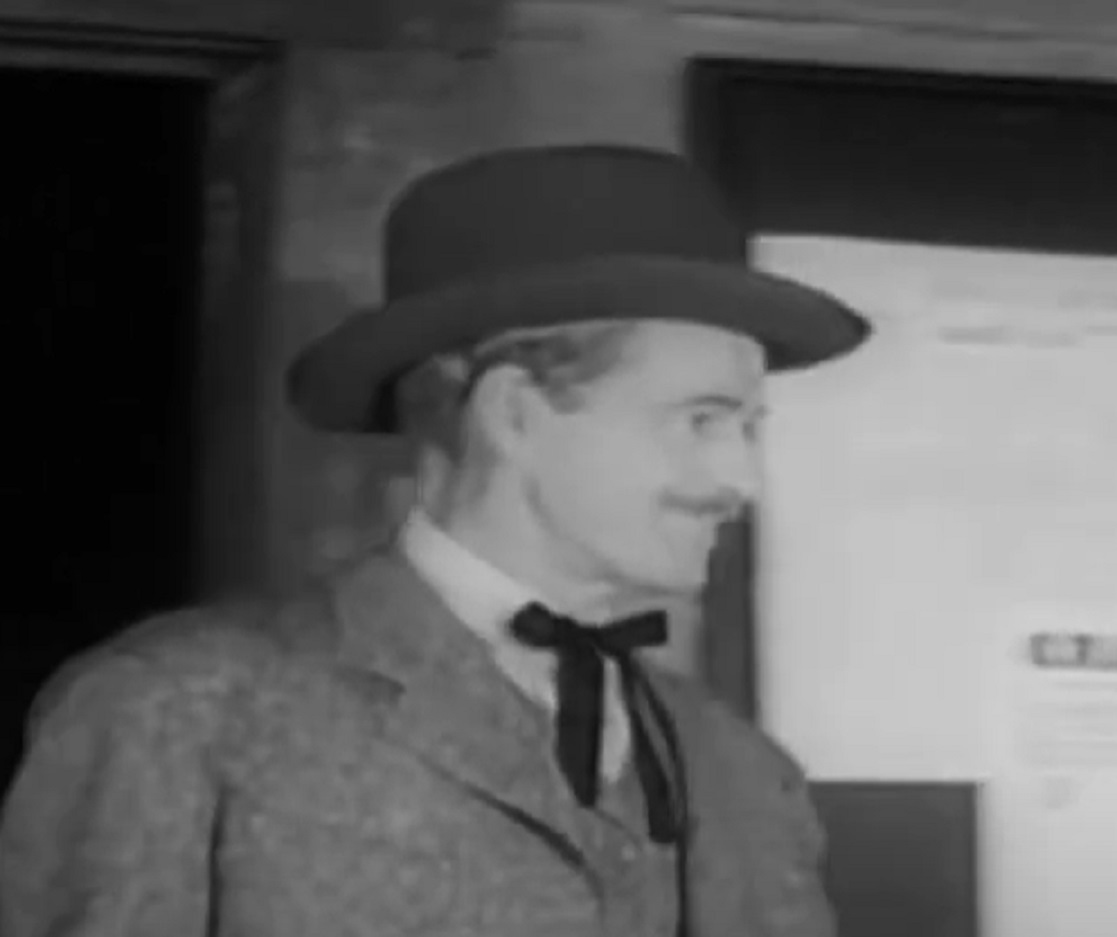 Republic Pictures, Stories of the Century (1954-55)
Republic Pictures, Stories of the Century (1954-55)
36. He Never Fired A Shot
The stagecoaches that Boles held up weren’t always as defenseless as he had hoped. When one stagecoach driver brandished an ax, Boles aborted the heist. No matter the dangers he faced, however, he never used force against anyone. In all of the years that he moonlighted as Black Bart, Boles never once fired a shot. He was, after all, a bard, not a brute.
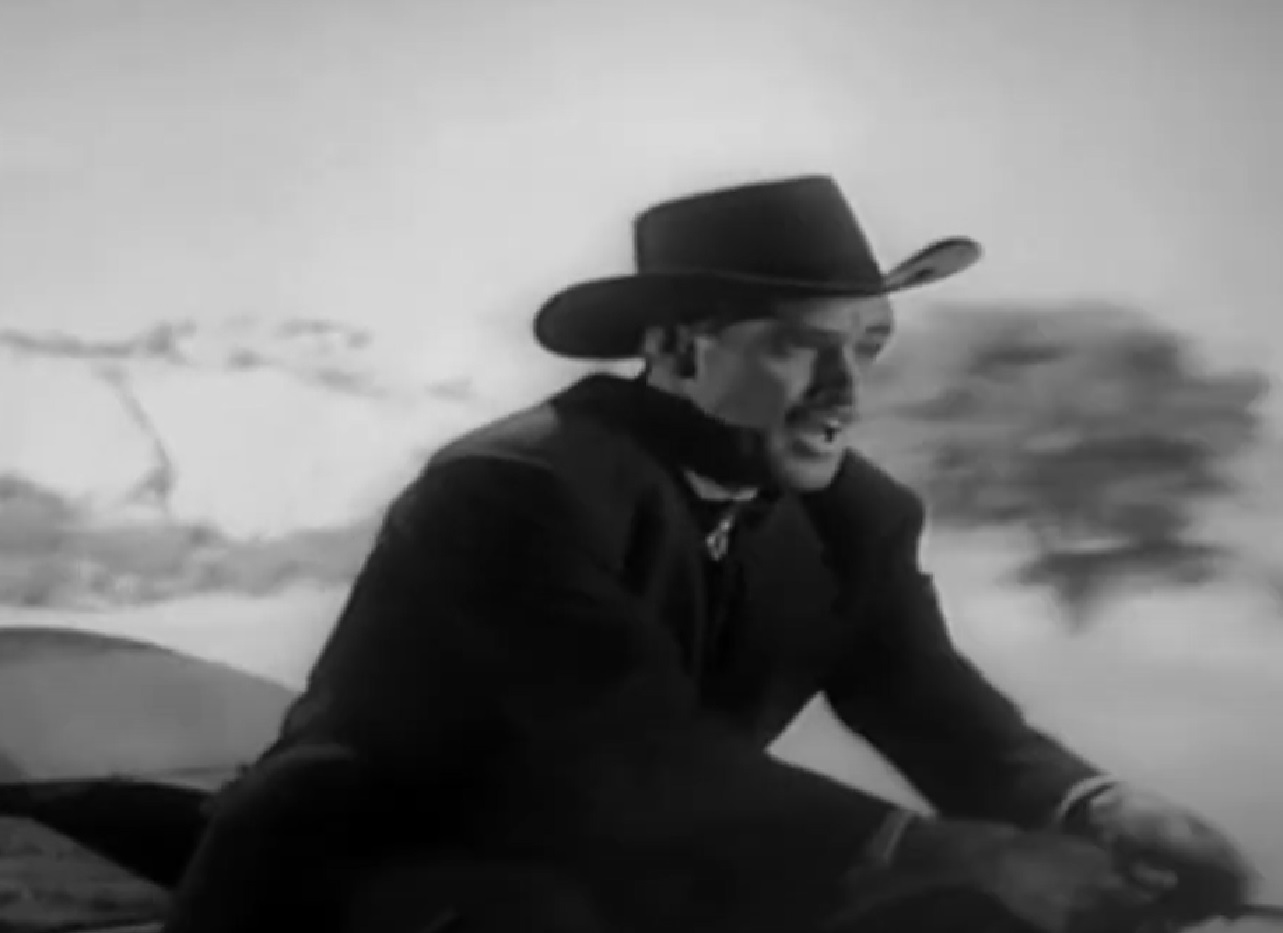 Republic Pictures, Stories of the Century (1954-55)
Republic Pictures, Stories of the Century (1954-55)
37. He Needed Better Hazard Pay
Even though he never engaged in physical altercations with his victims, Boles’ heists were still risky. As far as he was concerned, half of the money that he pilfered from Wells Fargo was just hazard pay. When one stagecoach driver asked him, “How much did you make?” Boles answered, “Not very much for the chances I take”.
The odds wouldn’t always be in his favor.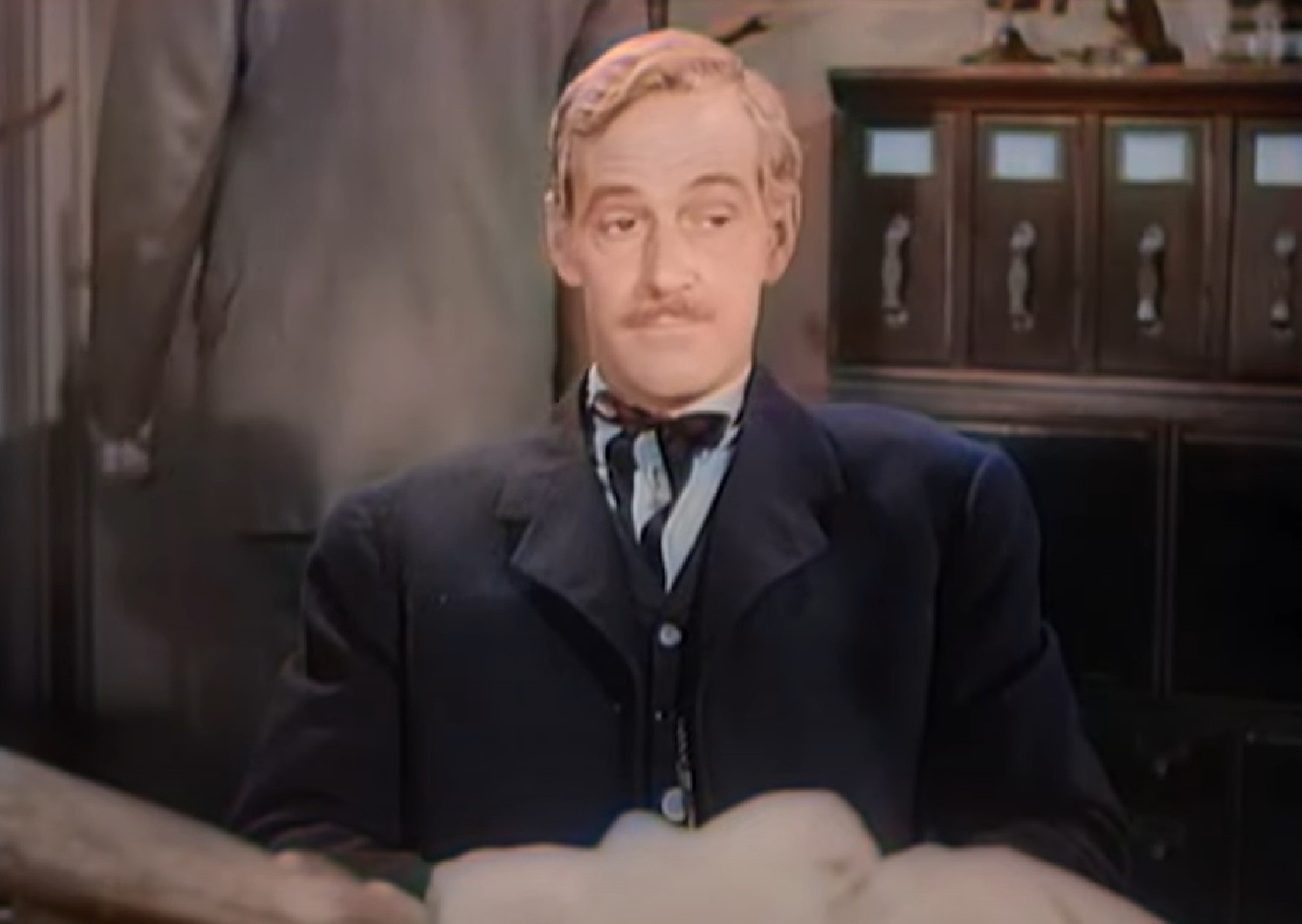 Republic Pictures, Stories of the Century (1954-55)
Republic Pictures, Stories of the Century (1954-55)
38. He Only Just Got Away
Boles’ heists were starting to cost Wells Fargo a great deal of money—and even more embarrassment. But, by 1881, he could practically feel Detective Hume and his posse of lawmen hot on his trail. In some instances, quite literally. Between December of that year and January 1882, Boles only managed to escape capture by an hour or two.
With the pressure mounting, he was bound to slip up eventually.
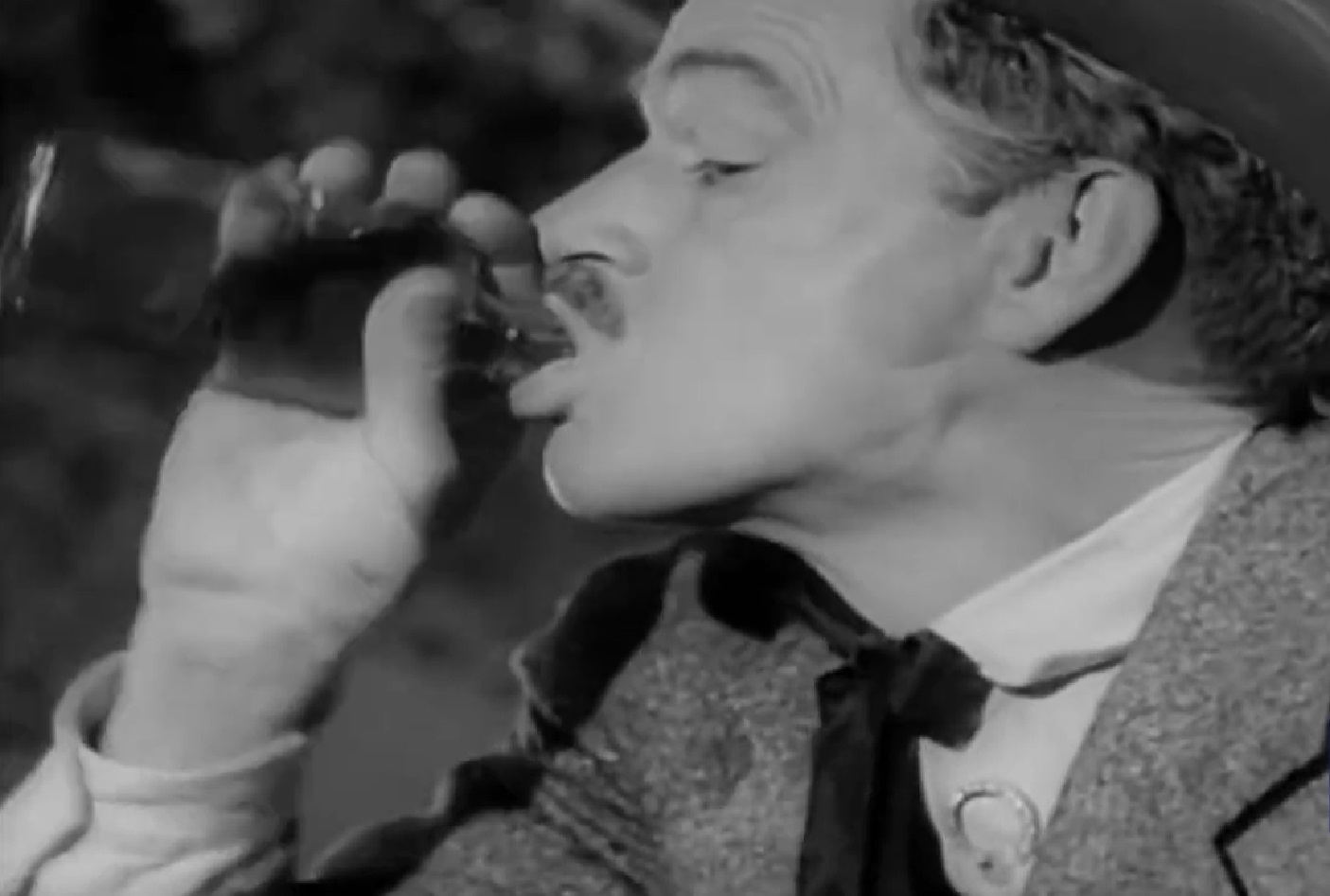 Republic Pictures, Stories of the Century (1954-55)
Republic Pictures, Stories of the Century (1954-55)
39. He Met Armed Resistance
With Black Bart still on the loose, Wells Fargo wasn’t taking any more chances. When Boles tried to hold up a stagecoach in Pluma County high in the Sierra Nevada, he encountered his first real resistance. Wells Fargo had bolted the strongbox to the floor, making it nearly impossible to loot. More importantly, they had armed the stagecoach driver.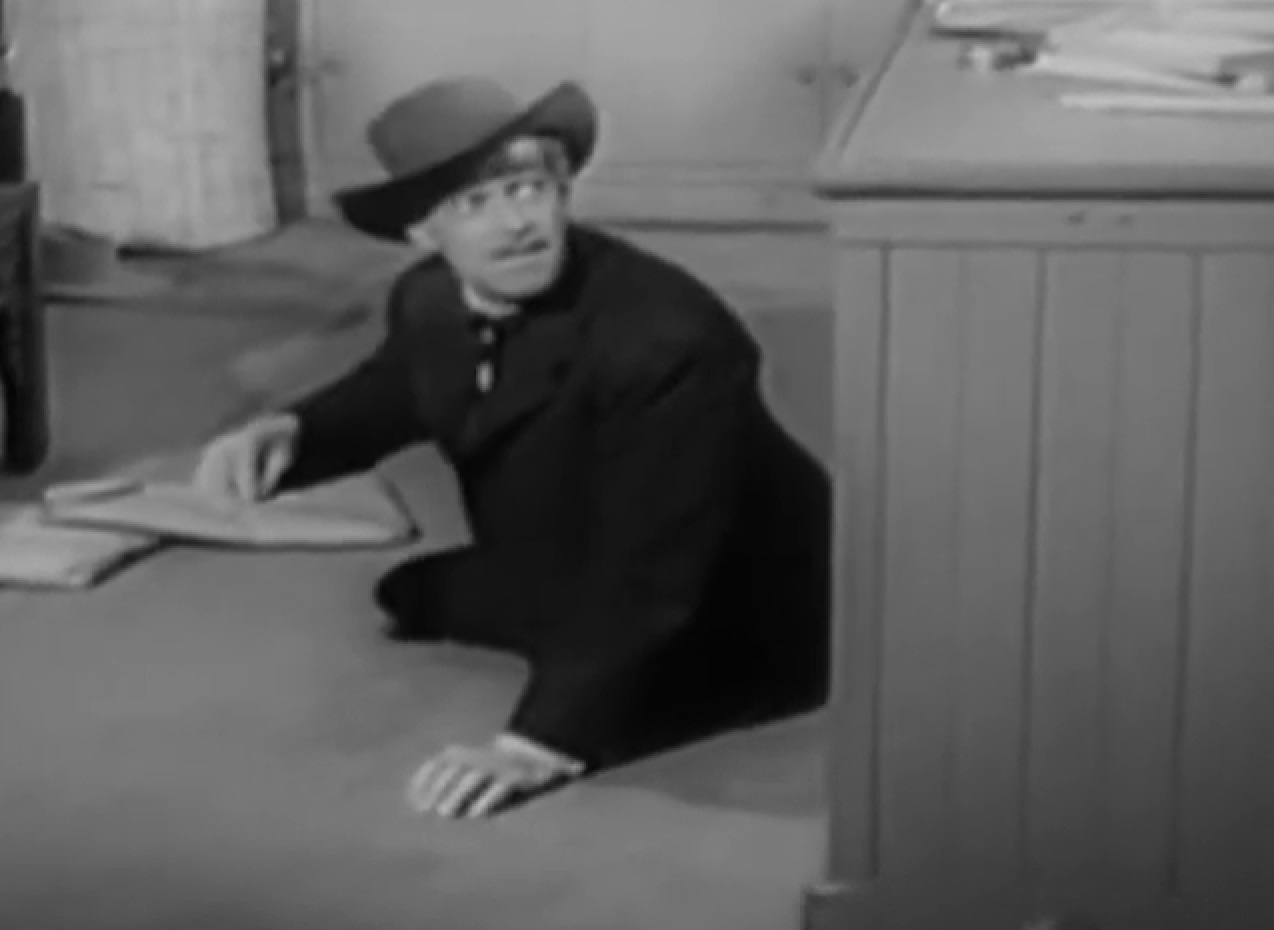 Republic Pictures, Stories of the Century (1954-55)
Republic Pictures, Stories of the Century (1954-55)
40. He Nearly Took A Bullet In The Head
When Boles leaped out in front of stagecoach driver George Hackett, he was the one in for a surprise. Without a moment’s hesitation, Hackett fired a shot at the flour sack masked bandit. Just as quickly as he had appeared, however, the bandit retreated, fleeing on foot into the wilderness from whence he had come. But he left something behind.
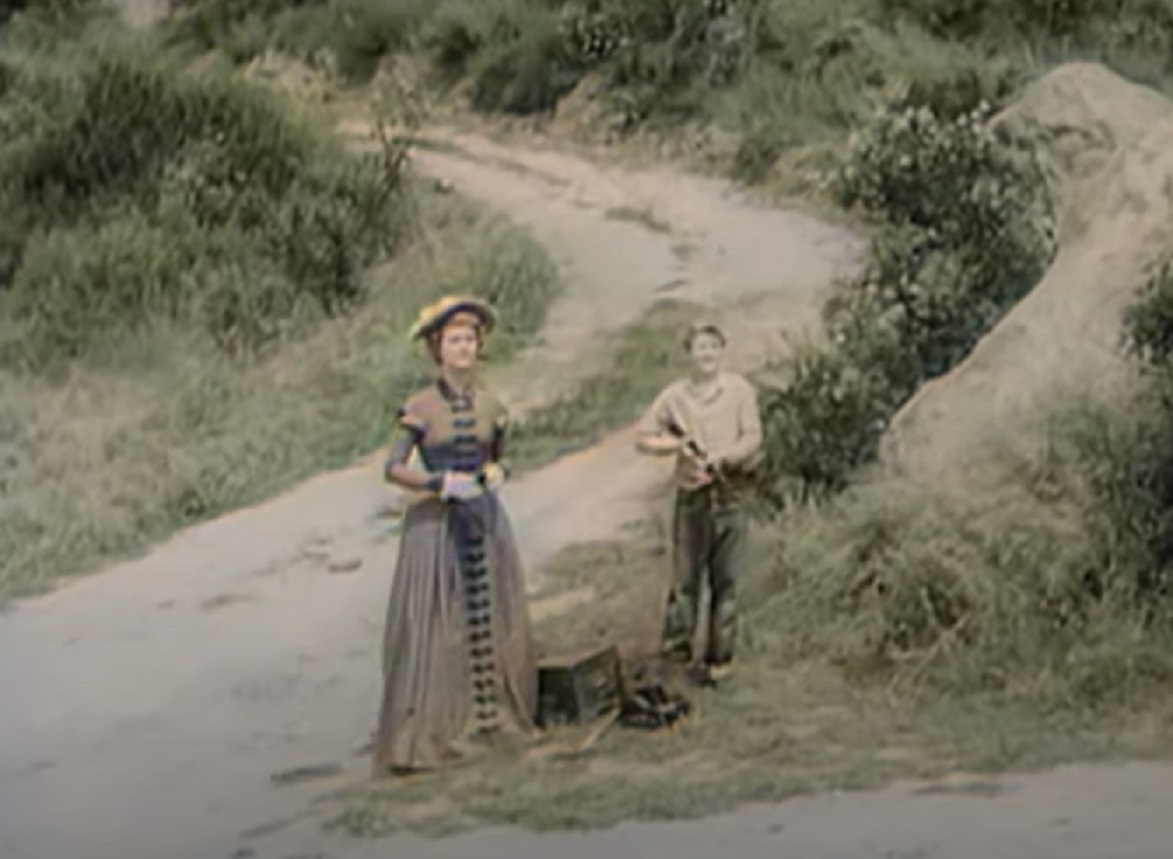 Republic Pictures, Stories of the Century (1954-55)
Republic Pictures, Stories of the Century (1954-55)
41. He Lost His Hat
Up until that moment, Boles had never left a piece of forensic evidence behind. Just clever poems, empty strongboxes, and open mailbags. But Hackett was a better shot than he had imagined. The bullet had passed straight through Boles’ derby hat and knocked it to the ground. In his frantic escape, Boles had left it behind.
Detective Hume finally had his first piece of evidence.
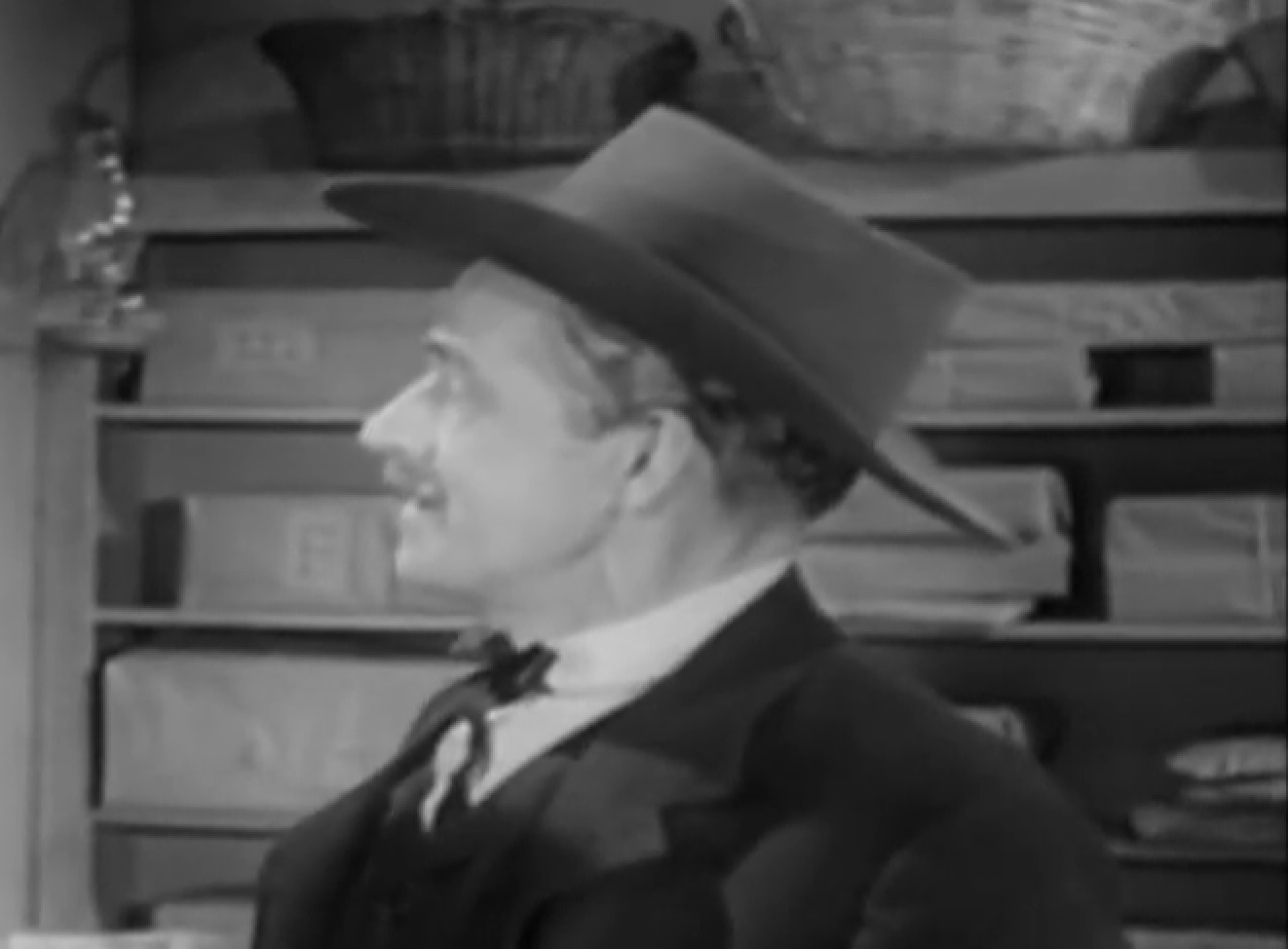 Republic Pictures, Stories of the Century (1954-55)
Republic Pictures, Stories of the Century (1954-55)
42. He Was Still At Large
Even with a new piece of evidence, Detective Hume wasn’t able to unmask “Black Bart, the Po8”. Even more frustratingly, Black Bart didn’t appear to have been dissuaded by the narrow miss. But, as Boles continued holding up stagecoaches, he had no way of knowing that his revenge heists would soon end where they had all begun.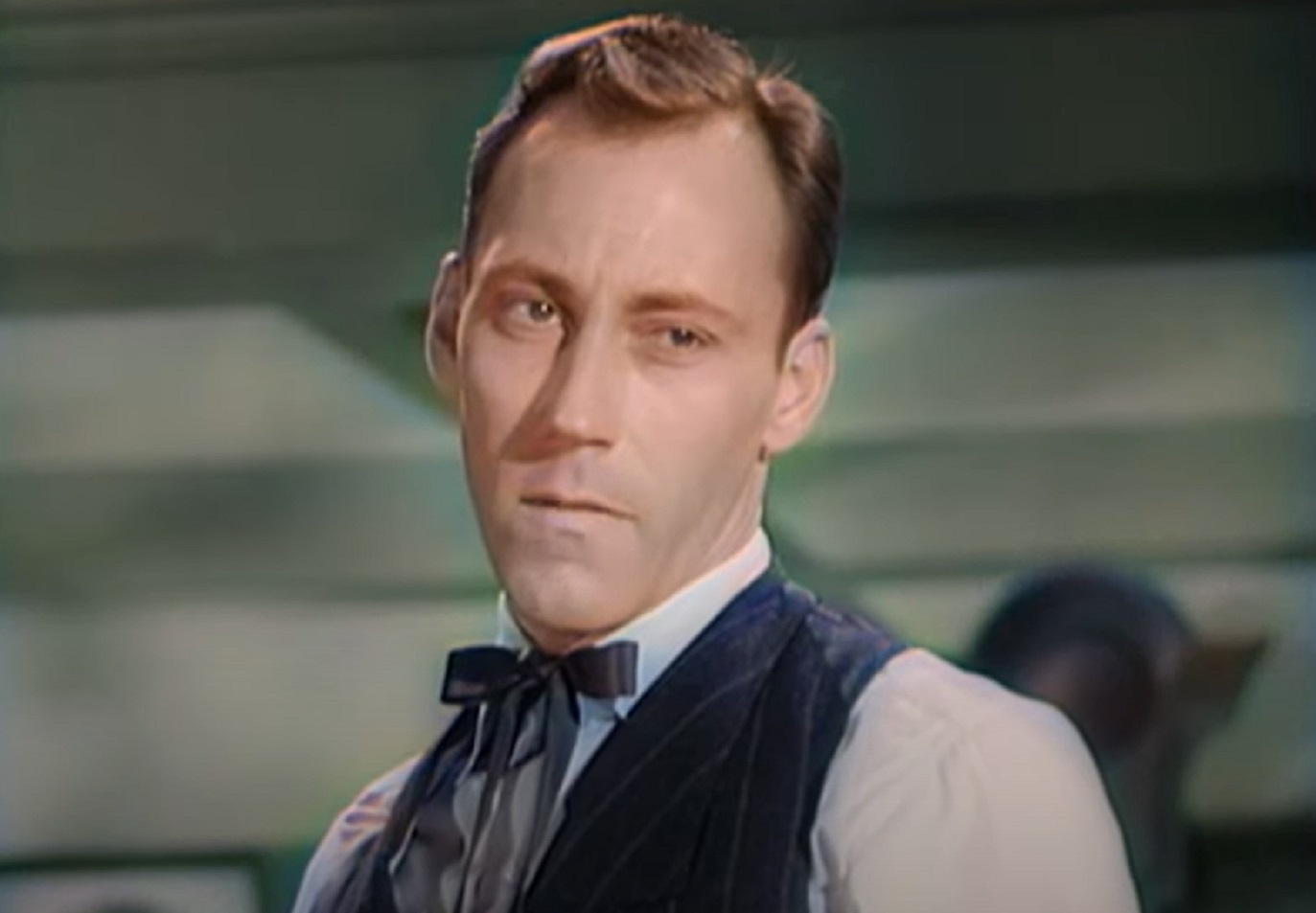 Republic Pictures, Stories of the Century (1954-55)
Republic Pictures, Stories of the Century (1954-55)
43. He Went Right Back To The Beginning
On November 3, 1883, Boles returned to the site of his first heist near Funk Hill. Once again, he hunkered down and waited for the stagecoach carrying the Wells, Fargo & Company strongbox to make its way up the hill. However, unbeknownst to Boles, this particular stagecoach would be carrying an extra passenger.
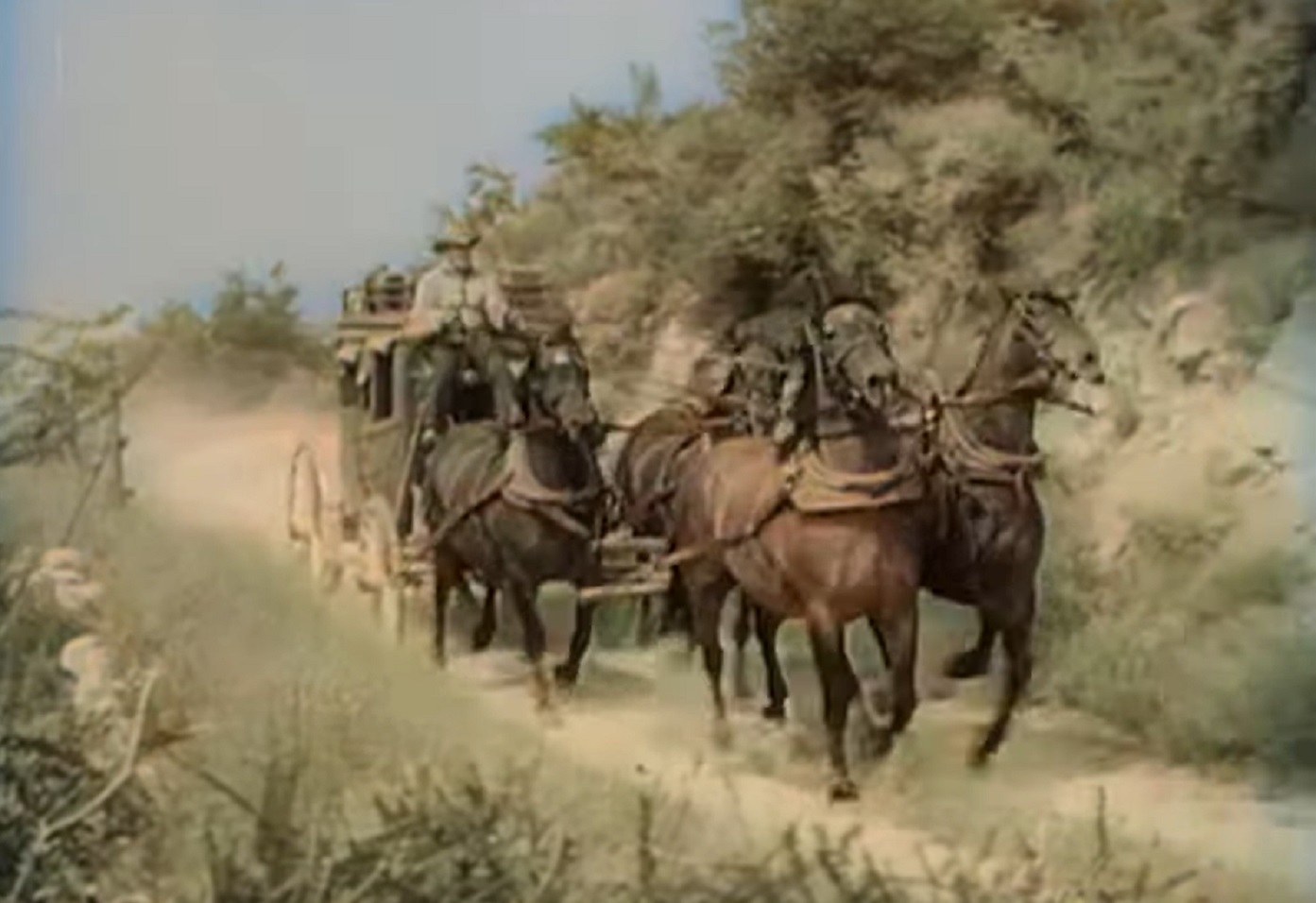 Republic Pictures, Stories Of The Century (1954-55)
Republic Pictures, Stories Of The Century (1954-55)
44. He Was A Hunter’s Quarry
Reason McConnell, the stagecoach driver, stopped before reaching Funk Hill to pick up Jimmy Rolleri, a 19-year old with a hunter’s aim and instinct. McConnell stopped at the bottom of the hill to let out Rolleri, who was planning to hunt along the banks of a nearby creek. Unfortunately for Boles, Rolleri would be hunting bandits instead of birds.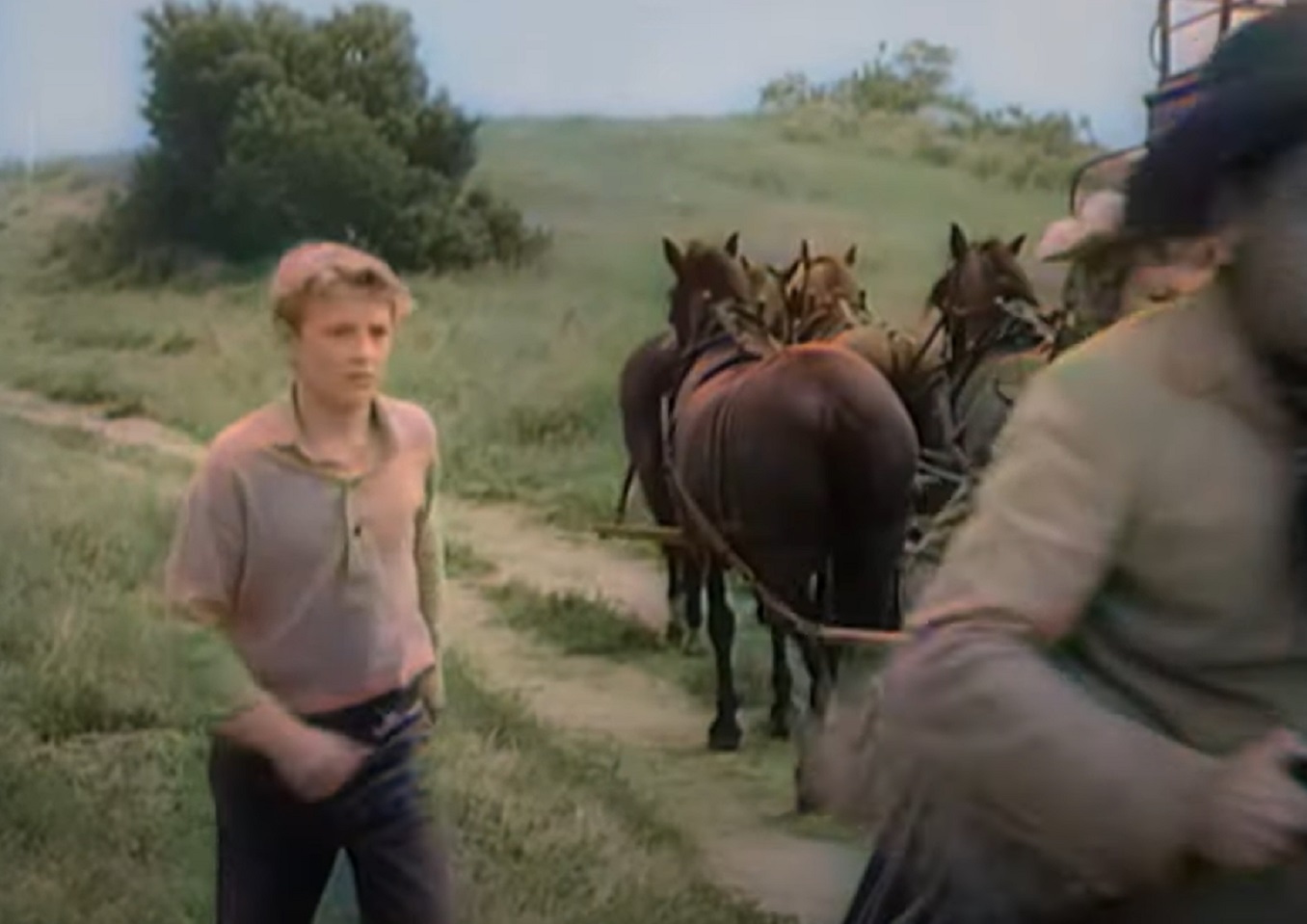 Republic Pictures, Stories of the Century (1954-55)
Republic Pictures, Stories of the Century (1954-55)
45. He Took Too Long
Just as he had on that summer day almost a decade ago, Boles leapt out in front of the stagecoach just as it was about to crest the hill. McConnell, unarmed, could do nothing but comply as Black Bart shoved iron in his face. But, as Boles struggled with the strongbox, bolted to the floor of the coach, Rolleri appeared.
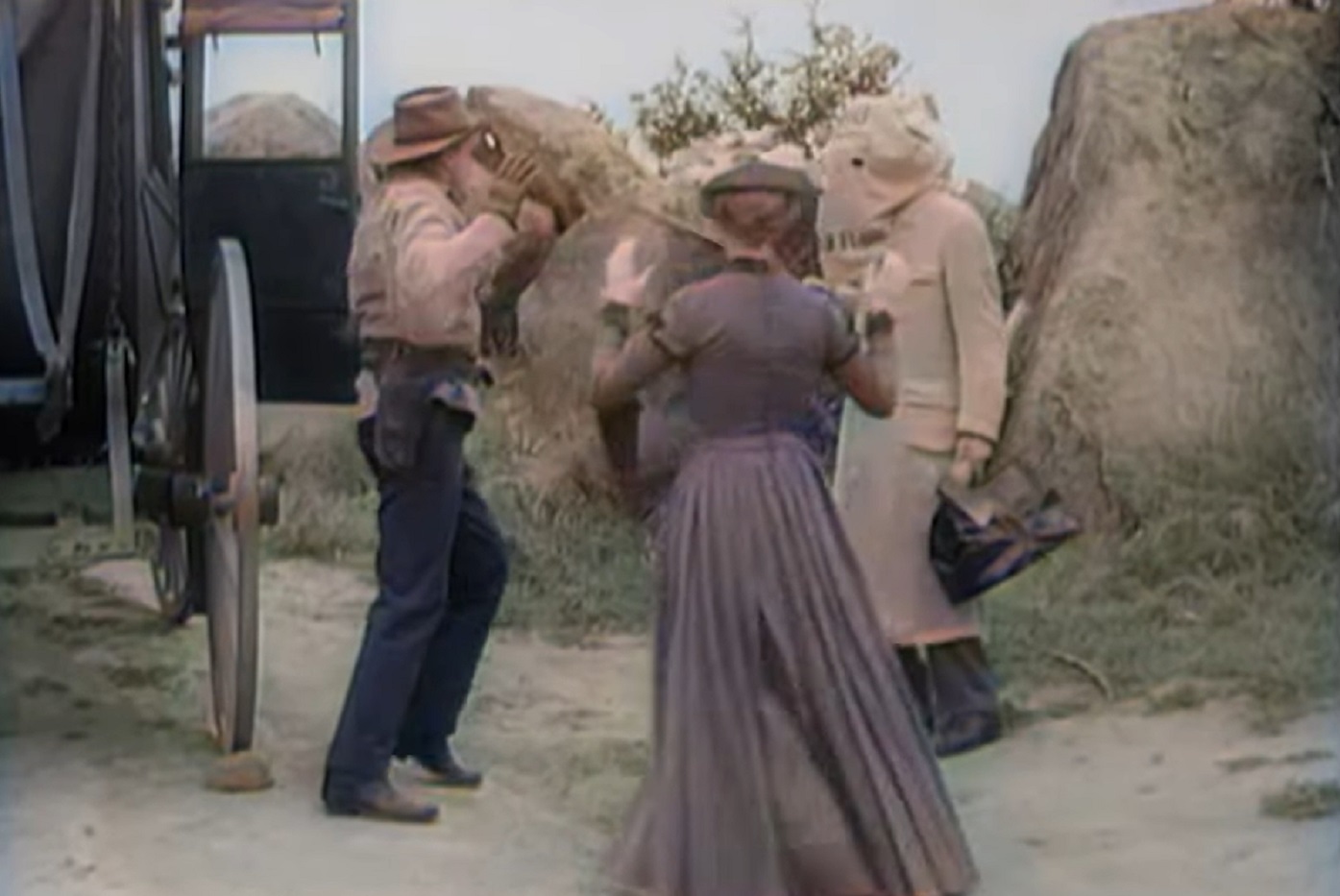 Republic Pictures, Stories of the Century (1954-55)
Republic Pictures, Stories of the Century (1954-55)
46. He Dodged Bullets
Just as Rolleri entered the scene, Boles managed to free the strongbox and emerged from the stagecoach. But, with Rolleri now in play, things had changed. As Boles made for a hasty escape, McConnell grabbed Rolleri’s weapon and let loose two shots. Fortunately for the Po8 bandit, both bullets whizzed past him.
The third shot would not miss its target.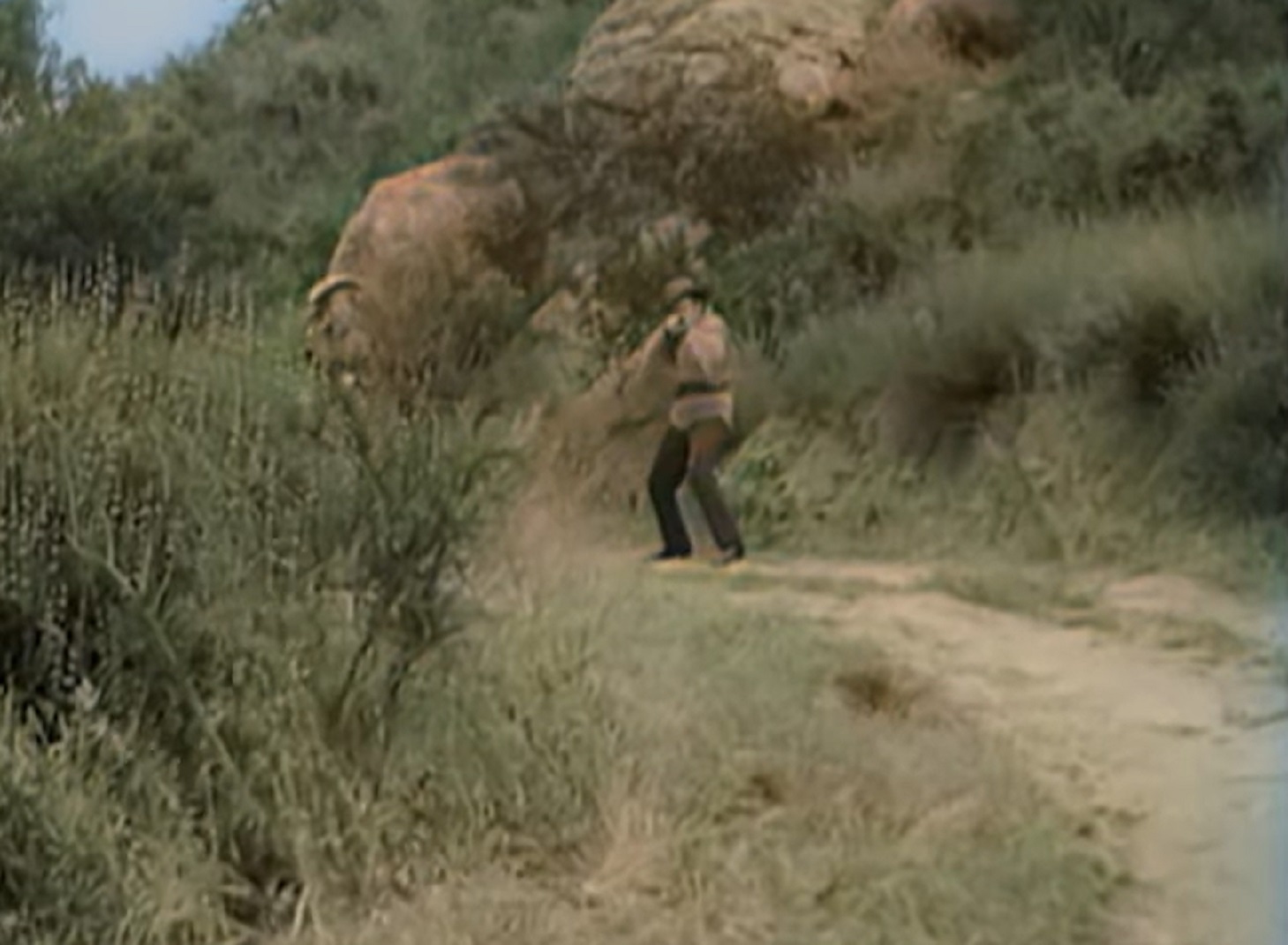 Republic Pictures, Stories of the Century (1954-55)
Republic Pictures, Stories of the Century (1954-55)
47. He Had To Drop Everything
Boles was just steps away from a thicket when a third shot rang out. Rolleri had taken back his roscoe, taken aim and pulled the trigger with frightening accuracy and calm. The third shot hit Boles in the hand and the force of it knocked him off balance and he stumbled into the thicket. He knew he had to keep going—or else a fourth shot would end his life.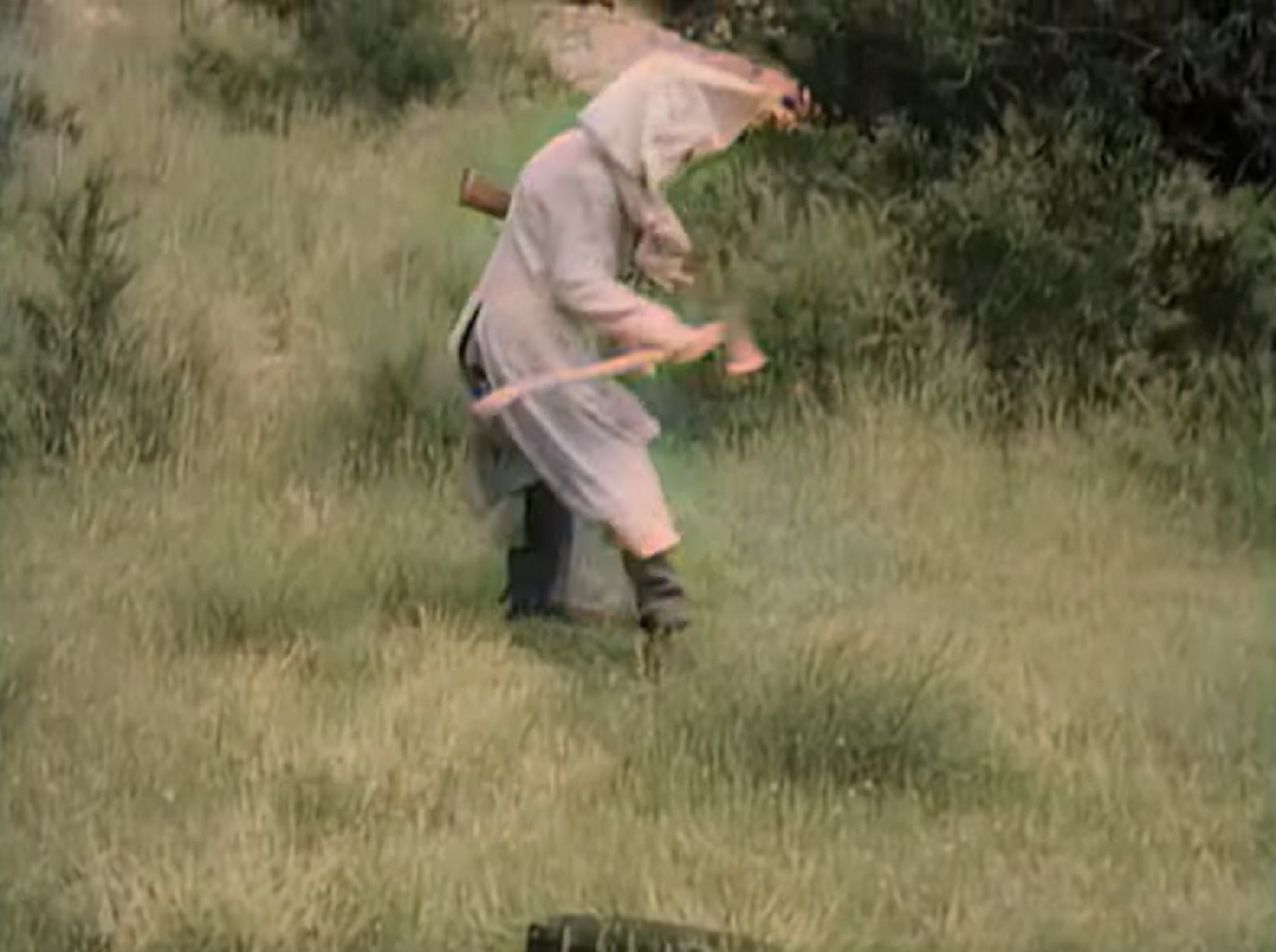 Republic Pictures, Stories of the Century (1954-55)
Republic Pictures, Stories of the Century (1954-55)
48. He Left Behind His Dirty Laundry
Boles struggled back onto his feet and managed to run another quarter mile to safety. In his haste, however, he left behind a treasure trove of evidence including “eyeglasses[…]and a handkerchief with a laundry mark F.X.O.7”. Once Detective Hume arrived on scene, he knew he finally had everything he needed to identify Black Bart.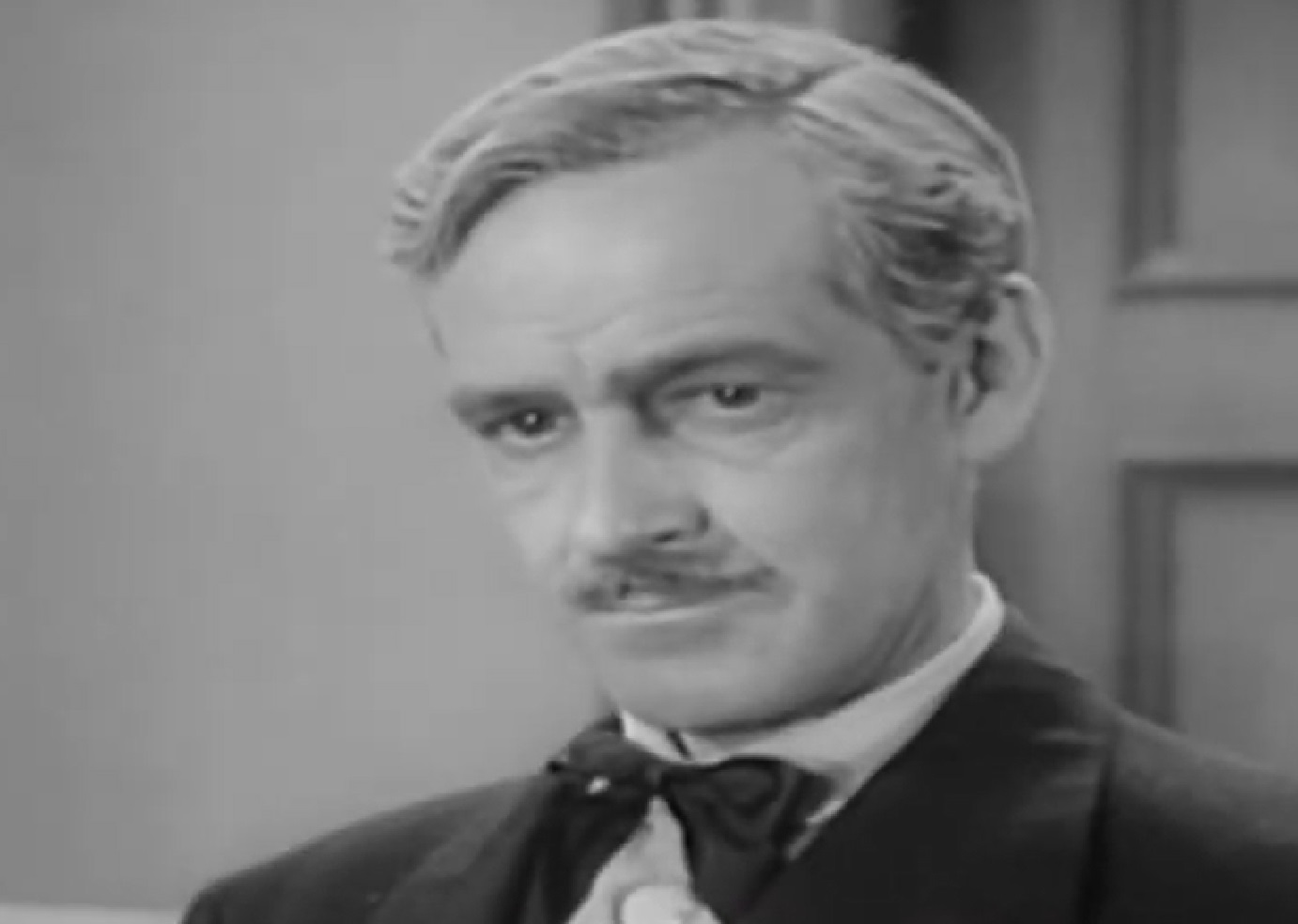 Republic Pictures, Stories of the Century (1954-55)
Republic Pictures, Stories of the Century (1954-55)
49. He Was Found Out
Along with fellow detective Harry N. Morse, Hume went around to every single laundry in San Francisco to find a match for the laundry mark. Finally, after knocking on 90 doors, Hume traced the laundry mark to Ferguson & Bigg's California Laundry on Bush Street. From there, it was just a matter of slapping the cuffs on one Charles E Boles.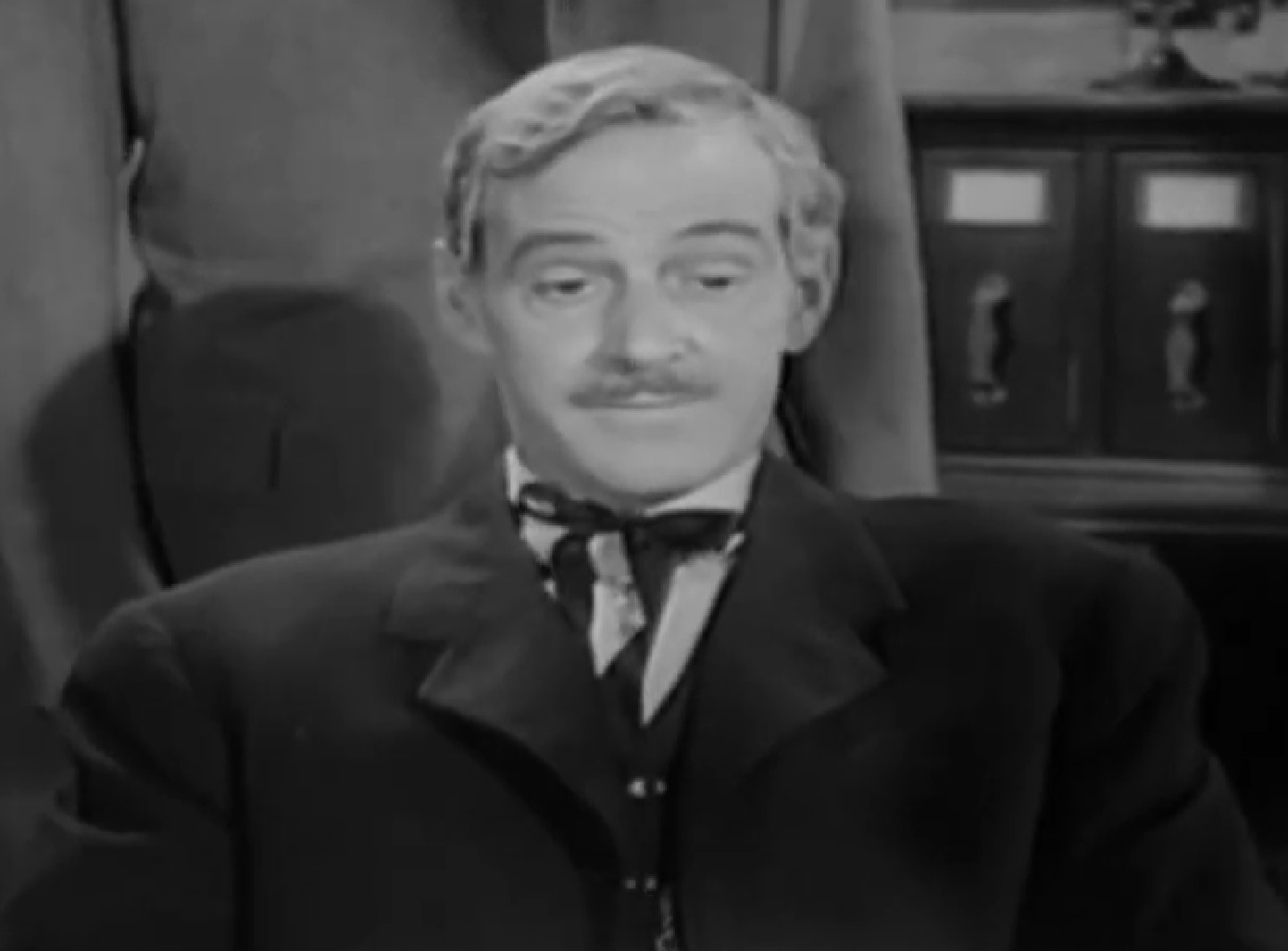 Republic Pictures, Stories of the Century (1954-55)
Republic Pictures, Stories of the Century (1954-55)
50. He Confessed To Everything
Hume found Boles living in a “modest boarding house”. Once Hume brought him in for questioning, Boles slowly began confessing to his deeds. But the easy confession wasn’t what surprised Hume. He recalled how Boles “[exhibited] genuine wit under most trying circumstances, and was extremely proper and polite in behavior”.
But the Black Bart case was far from over.
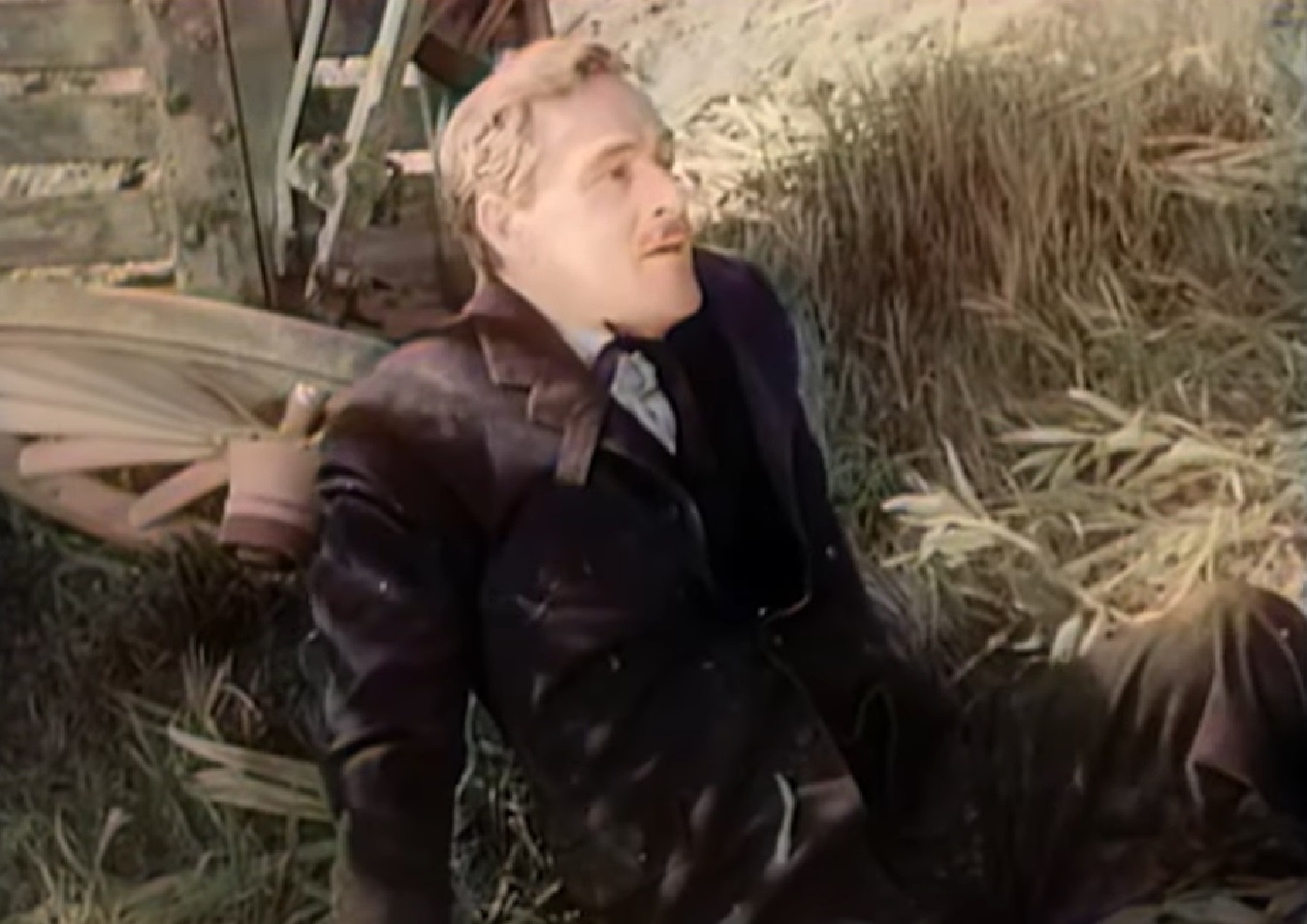 Republic Pictures, Stories of the Century (1954-55)
Republic Pictures, Stories of the Century (1954-55)
51. He Was Done With Being An Outlaw
Boles served less than four years of a six year sentence in San Quentin. But his time behind bars had taken its toll on his health. He was beginning to lose his eyesight and had gone deaf in one ear. Upon his highly anticipated release in 1888, Boles announced his retirement from the outlaw life.
“No, gentlemen," he said to the gathered media, “I'm through with [lawbreaking]”.
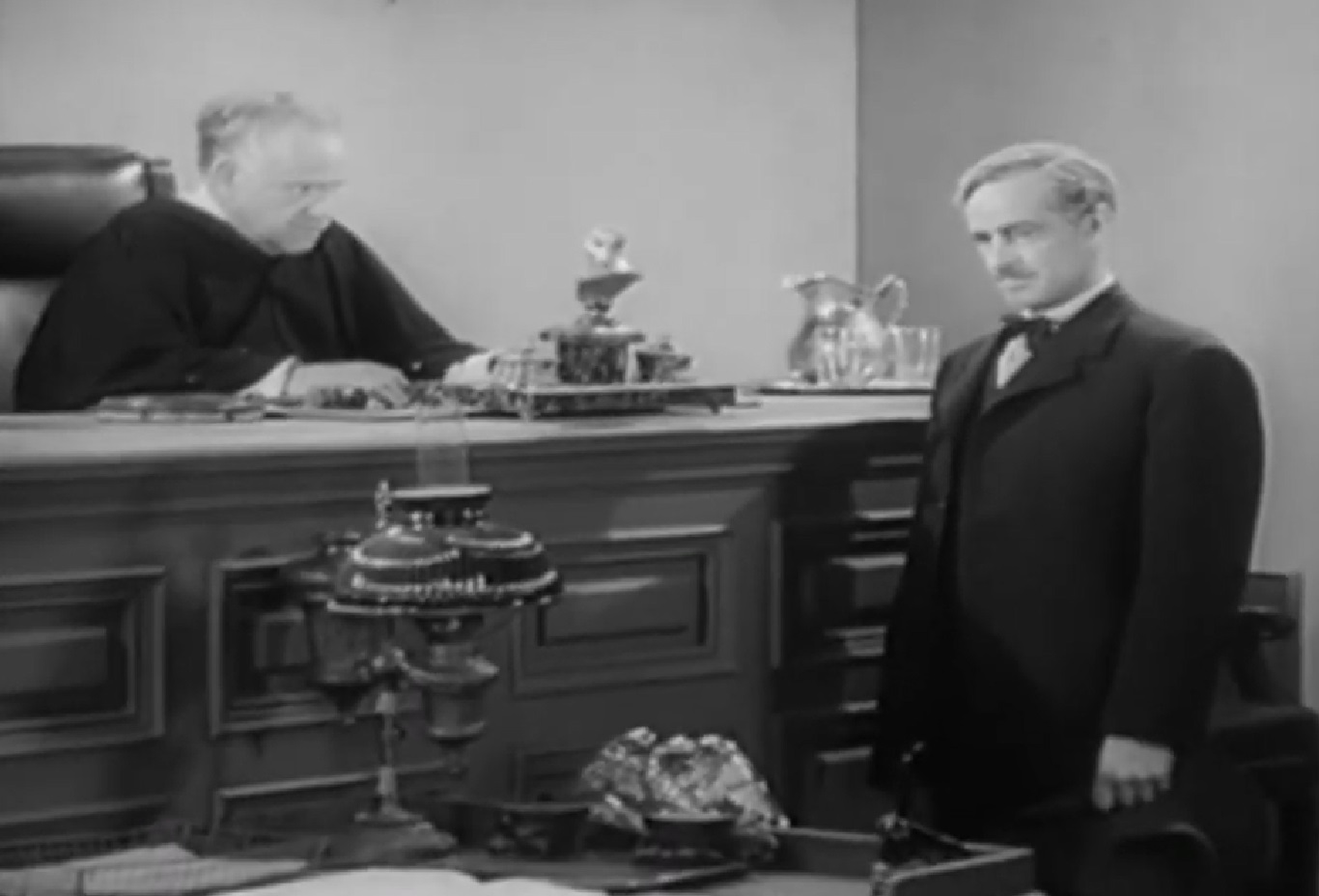 Republic Pictures, Stories of the Century (1954-55)
Republic Pictures, Stories of the Century (1954-55)
52. He Never Went Back Home
After serving his sentence as the outlaw Black Bart, Boles never returned to his wife and children, though he did write letters to her from San Quentin. It seemed that, having settled his obscure grudge against Wells, Fargo & Company, he simply wanted to start anew. And that’s precisely what he did just one month after his release.
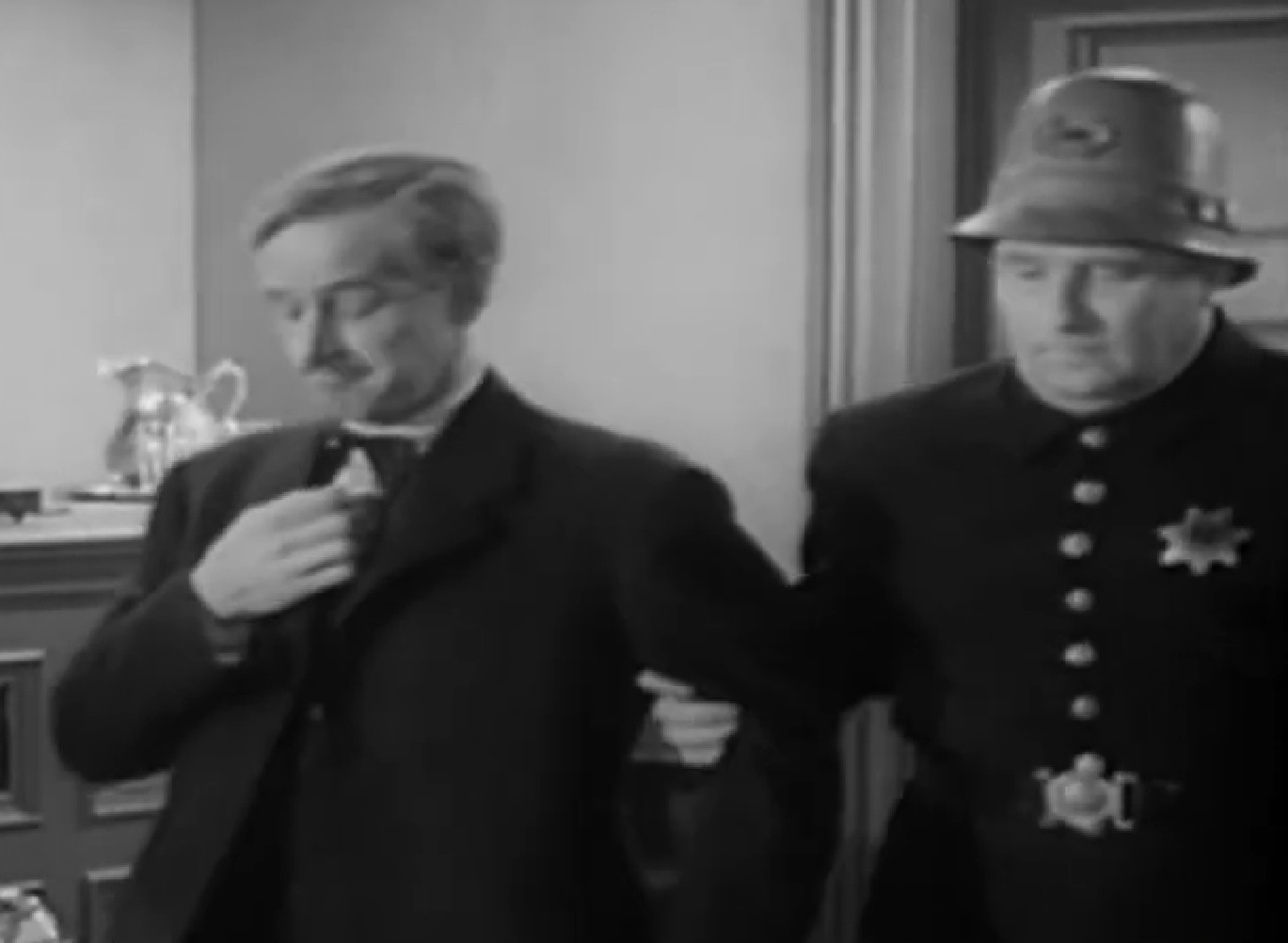 Republic Pictures, Stories of the Century (1954-55)
Republic Pictures, Stories of the Century (1954-55)
53. He Vanished Into Thin Air
In a letter to his wife, Boles had confessed to feeling “demoralized” and was sick of having Wells Fargo agents follow him around everywhere. So, in February 1888, Boles pulled off one last daring escape. Boles checked himself into a hotel in Visalia, California and was never heard from again. Black Bart, the Po8, simply vanished into thin air.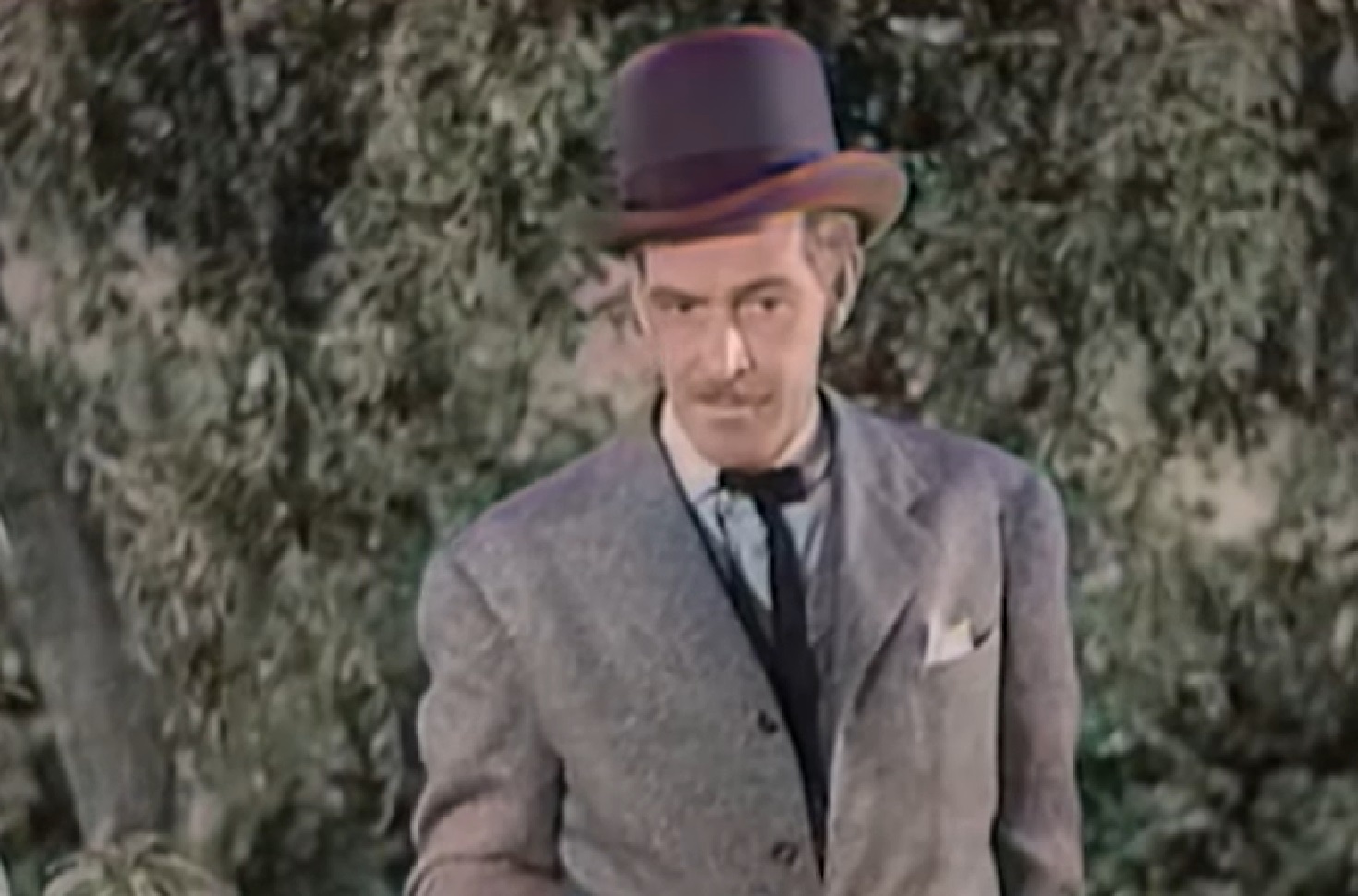 Republic Pictures, Stories of the Century (1954-55)
Republic Pictures, Stories of the Century (1954-55)





